“Is not the gown the natural raiment of extremity? What nation, what religion, what ghost, what dream, has not worn it – infants, angels, priests, the dead; why should not the doctor, in the grave dilemma of his alchemy, wear his dress?” – Djuna Barnes, Nightwood
“Medicine is a thankless profession. When you get paid by the rich, you feel like a flunkey; by the poor, like a thief.” – Louis-Ferdinand Celine, Journey to the End of the Night
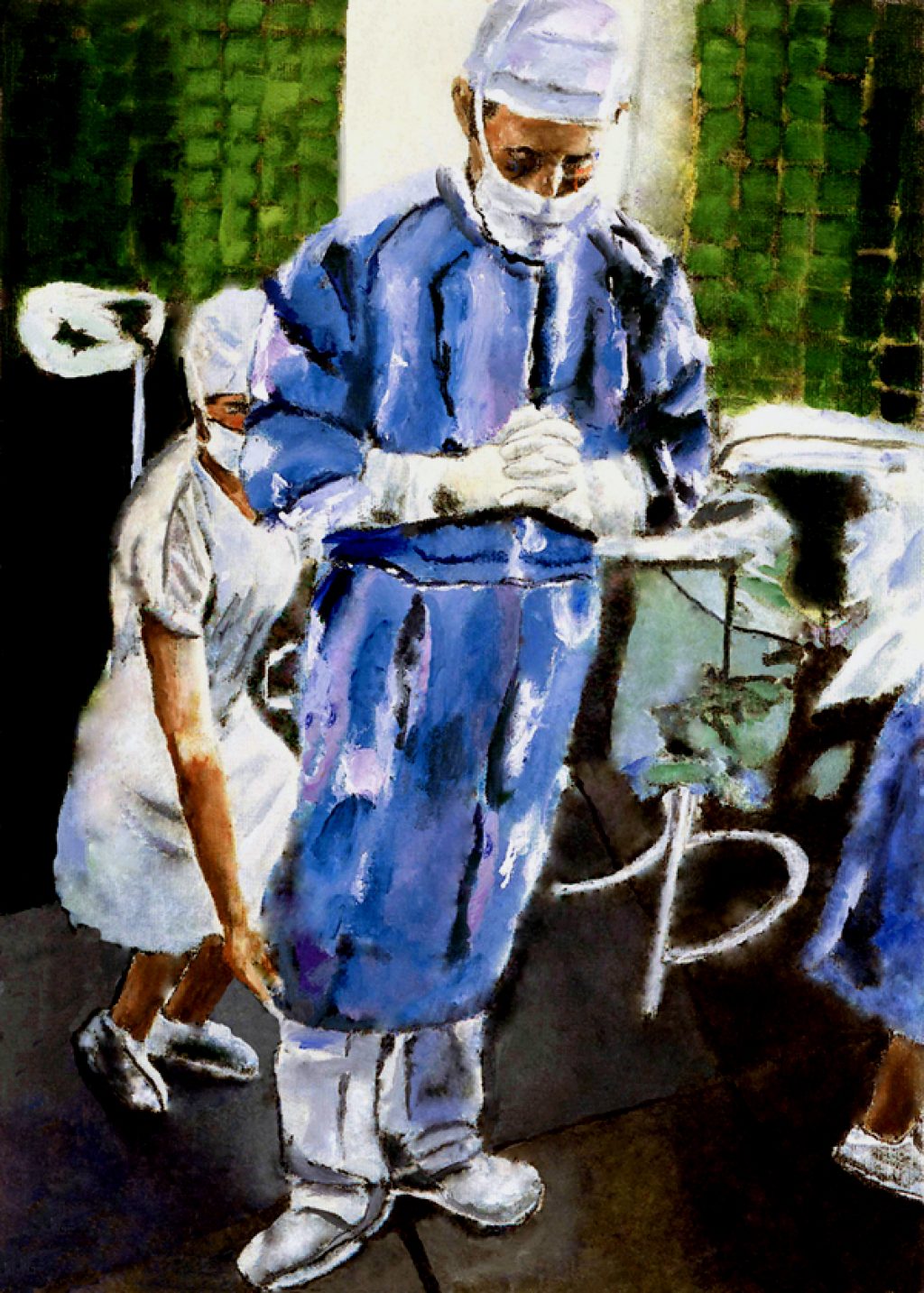
Contemplation Before Surgery, Joe Wilder, MD. 1998.
A graduate of Columbia Medical School and professor of surgery at Mount Sinai Hospital, Dr. Wilder composed “Surgeons at Work,” a series of 14 paintings on the subject of his profession.
“A surgeon, like an ancient priest, operates on a helpless, unconscious patient, and must never lose sight of this God-given responsibility.”
“Almost every day I experienced great joy, as with a few words I could turn a frightened patient or relative into a more peaceful individual and make him or her the most important person in my life.”

Photograph of a hospital operating room. Netherlands, 1940.

Saint Sebastian Interceding for the Plague Stricken, Josse Lieferinxe, 1497-99. Sebastian, depicted pierced with arrows as dictated by tradition, prays before God in the clouds as a victim of the Black Plague is buried. At the same time an attendant to the grave is himself struck with disease.
Scholar Melissa Katz argues that visual depictions of pain may have played a palliative role in early modern society. Through “an emphasis on the physical torments to be endured prior to the achievement of beatific transcendence,” art invited worshippers to contemplate the reward awaiting them in heaven. This piece was commissioned by a church as part of an altar.

YERSINIA PESTIS, electron micrograph. Microbe responsible for the Black Plague, seen inside the gut of a flea.
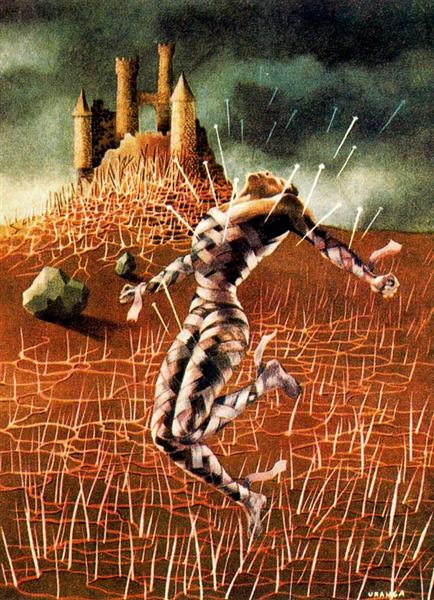
Rheumatic pain II (Dolor reumatico II), Remedios Varo, 1948. The surrealist painter depicts the symptoms of fibromyalgia, a chronic neurosensory disorder characterized by musculoskeletal pain, fatigue, and sleep difficulties, whose pathophysiology is not fully understood.
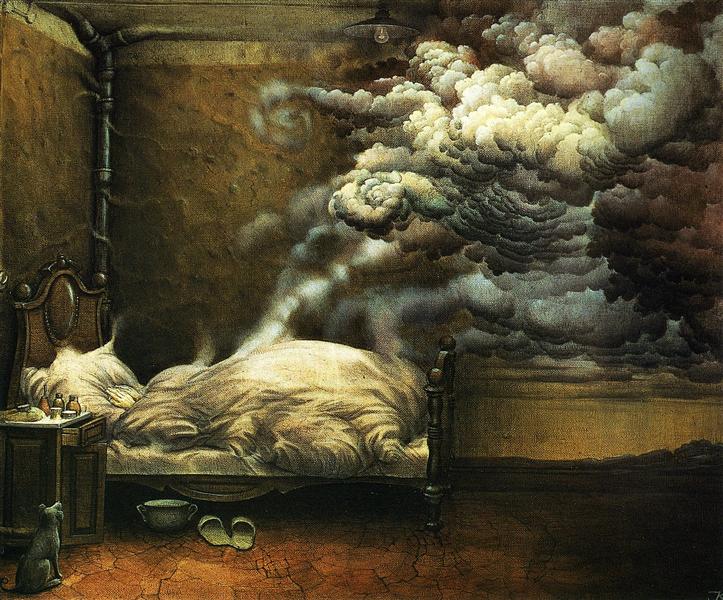
Fever, Jacek Yerka, 1982.
Kylie Minogue – Fever (Live in 2001)
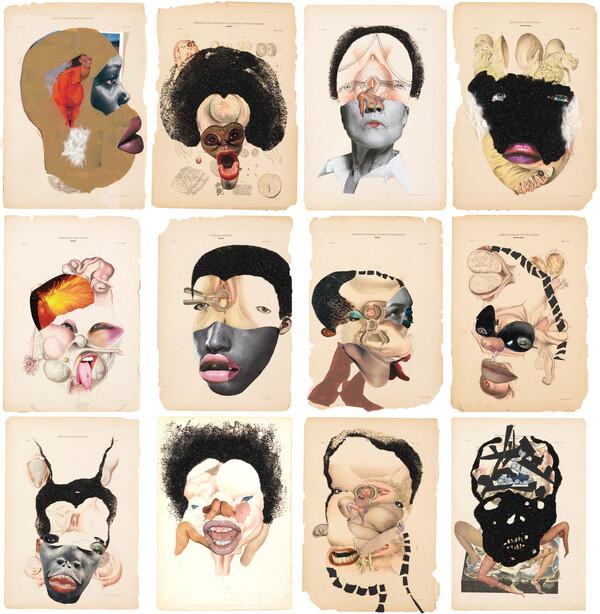
Histology of the Different Classes of Uterine Tumors, Wangechi Mutu, 2004-2005. Mutu attributes her artistic interest in medical subjects to her mother’s career as a nurse. These pieces incorporate 19th century gynecological drawings in collage.
“[Mutu] uses material from a diverse range of sources including fashion and pornographic magazines, as well as ethnographic or scientific publications, such as National Geographic. She explains: ‘I go to these magazines for material and doing that allows me to critique them by breaking them apart and kind of vandalising and dissecting them. I pull apart their structure, literally and physically and conceptually, and then reinterpret it for my own purposes and my own interests.’”

Preserved remnants of a 13th century autopsy…
And a CT scan of the same:


A Student’s Dream, 1906. A medical student poses with cadavers in a humorous reversal of roles.

The Gout, James Gillray, 1799. Gout, a painful inflammatory condition caused by excessive buildup of uric acid in the joints, often presents first below the big toe.

Crystals seen in the synovial fluid of a patient with gout.
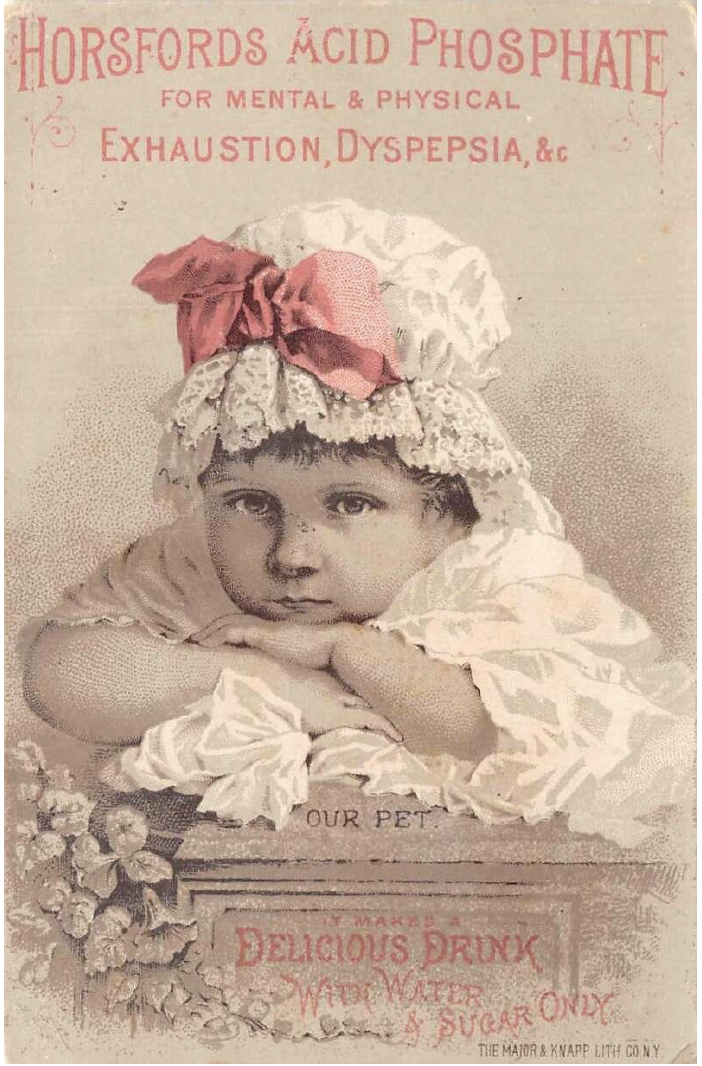
Horsford’s acid phosphate, a tart combination of phosphoric acid with various phosphate salts, was sold in the mid 19th century as a general health tonic, and later made its way into an early recipe for Coca-Cola as a substitute for natural citric acid from fruits. You can still purchase some today, for use in sodas and cocktails: Horsford Acid Phosphate – Art of Drink.
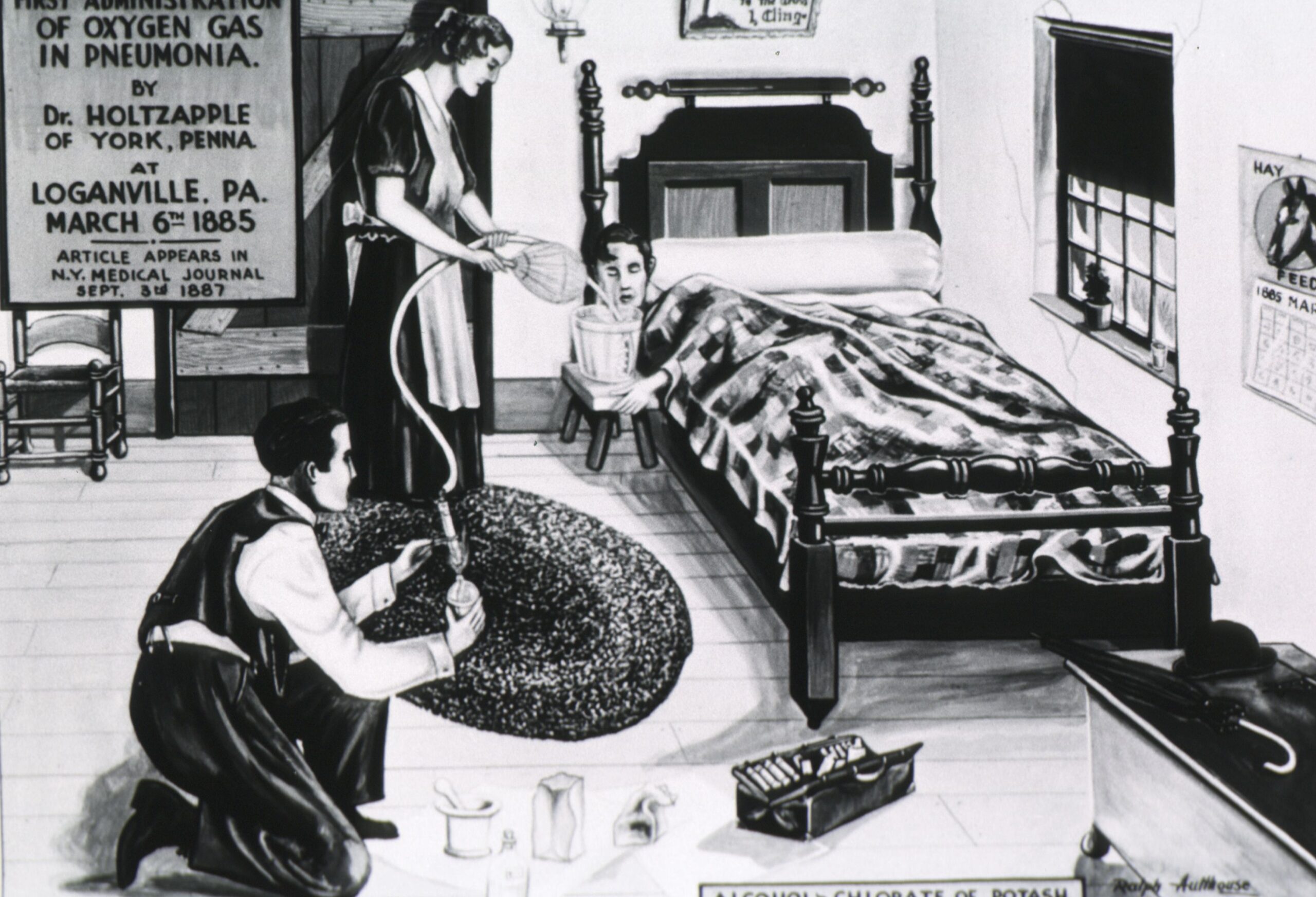
This illustration purports to depict the first administration of oxygen gas to a patient with pneumonia, performed by Dr. George Holtzapple in 1885. A 2005 publication disputes this claim, indicating that Dr. Holtzapple “was not the first to use oxygen for pneumonia patients, but was the first to publish a case report with a reasoned physiological explanation of oxygen therapy.”

Ad for an exhibit by artist Trevor Brown. 1996.

Panel 56 of the Migration Series, Jacob Lawrence, 1941. At just 23 years old, Lawrence painted 60 panels illustrating the lives of Black Americans who moved from the South to the North during the Great Migration. This panel’s original caption: “Among one of the last groups to leave the South was the Negro professional who was forced to follow his clientele to make a living.” Here, that professional is a doctor.

Tomb relief at Saqqara, 2350-2000 BCE, depicting what may be mankind’s oldest surgical procedure: male circumcision. Though endorsed by major health organizations for the prevention of conditions like HIV and penile cancer, the practice is not without its controversy, especially in the developed world.

Restraining device used for infants during circumcision. Photo by James Loewen.
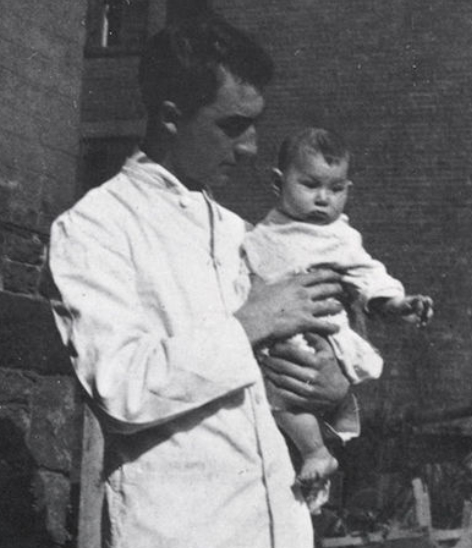
Poet and pediatrician William Carlos Williams as a young resident at the New York Nursery and Child’s Hospital.
“The young doctor is dancing with happiness
in the sparkling wind, alone
at the prow of the ferry! He notices
the curdy barnacles and broken ice crusts
left at the slip’s base by the low tide
and thinks of summer and green
shell-crusted ledges among
————————-the emerald eel-grass!”
– William Carlos Williams, stanza from January Morning
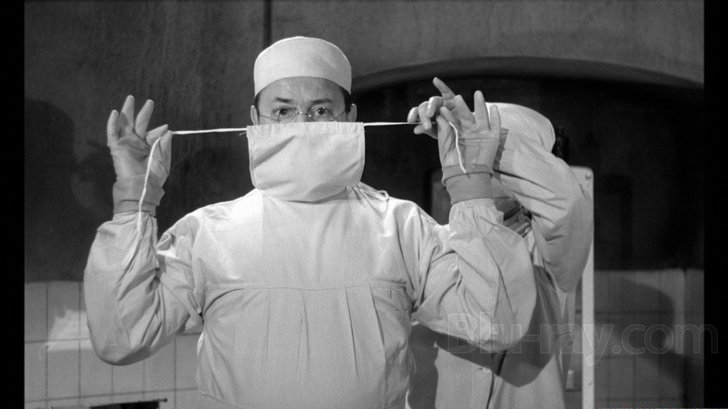
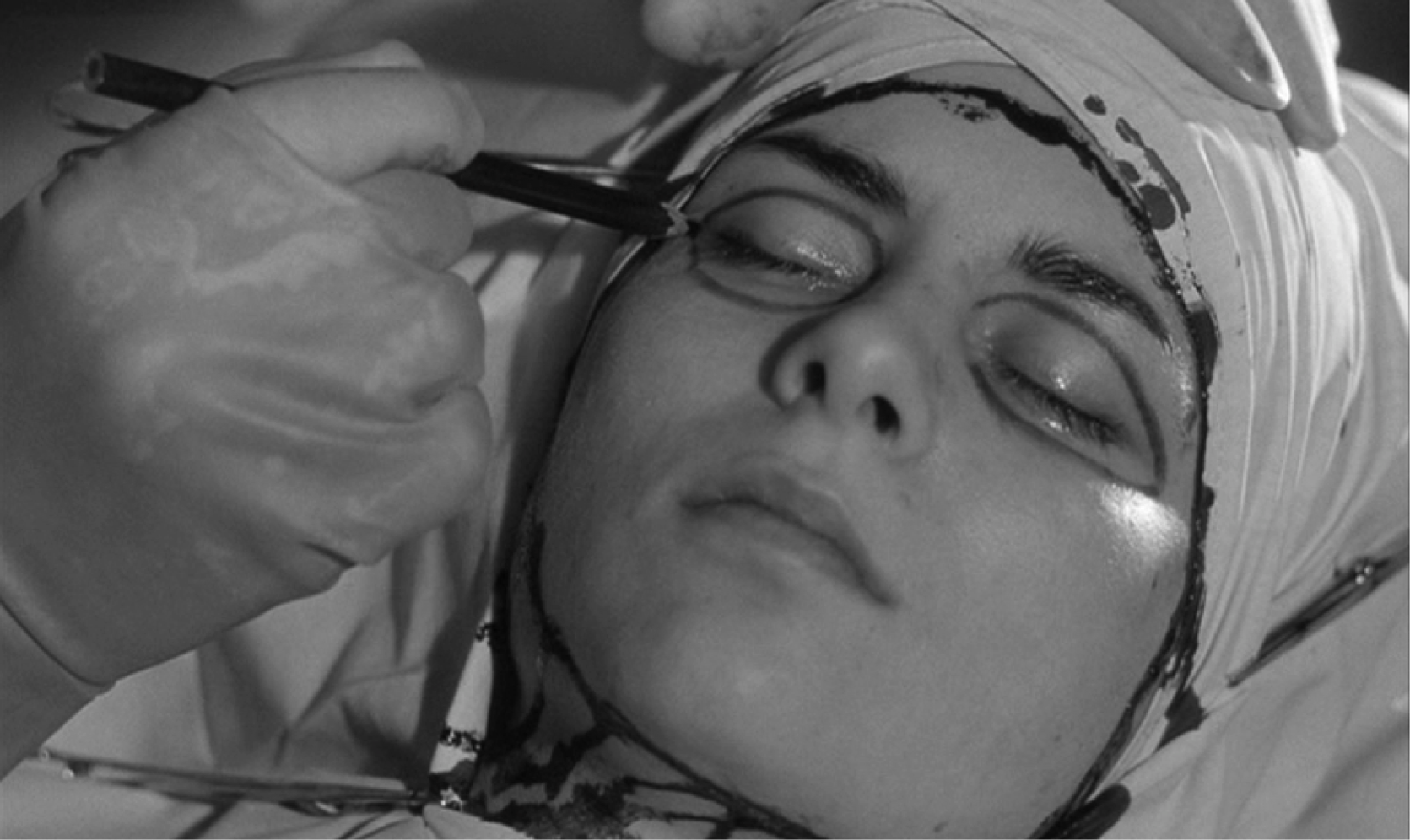

Stills from Eyes Without a Face, dir. Georges Franju, 1960.
General Surgery – Crimson Concerto (Live in 2018)


Some drawings by Jacques Fabian Gautier d’Agoty, ca. 1745. The artist collaborated with physician Guichard Joseph Duverney to create detailed anatomical illustrations in vibrant color.
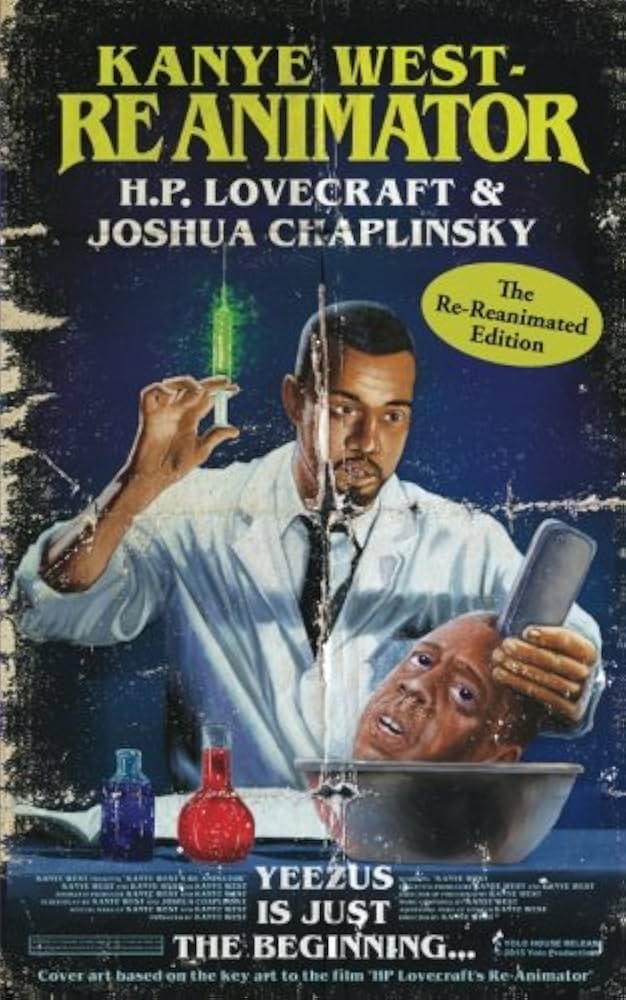
H.P. Lovecraft’s Herbert West, Re-Animator, a medical student who experiments with the resurrection of cadavers, is here substituted with Kanye West in a reimagination by Joshua Chaplinsky.

Wade and Nelson, Radiological evaluation of the evisceration tradition in ancient Egyptian mummies, 2013. These CT scans were performed on the mummy Djedmaatesankh, an ordinary woman from Thebes who died almost 3000 years ago. The body was eviscerated and filled with packages which possibly contained organs. A scarab and falcon were placed on the abdomen external to the body cavity.

Snowboarder, Nick Veasey, 2018. Nick Veasey’s artwork uses a combination of real X-ray technology with digital photomanipulation to produce dynamic images of the motion underneath.
Dr. Octagon – Blue Flowers (1996)
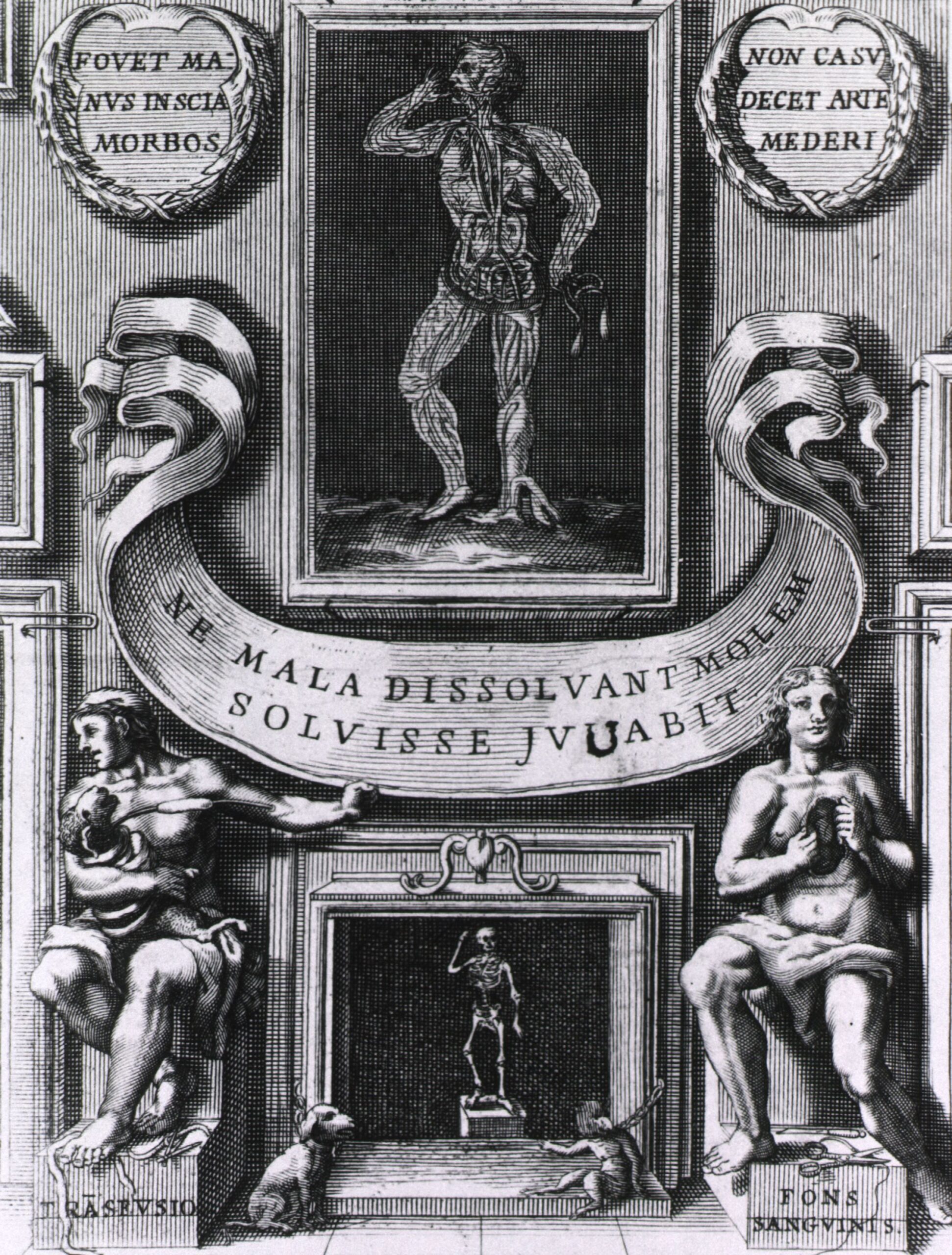
A 17th century illustration by Pietro Berettini depicting the circulatory system. In the lower left corner is a man receiving a blood transfusion from a sheep, and on the right a woman opens her chest to reveal her heart.
Despite a few cases of successful xenotransfusion (transfusion between species), the practice was banned by both France and England in the year 1670, following several patient deaths.
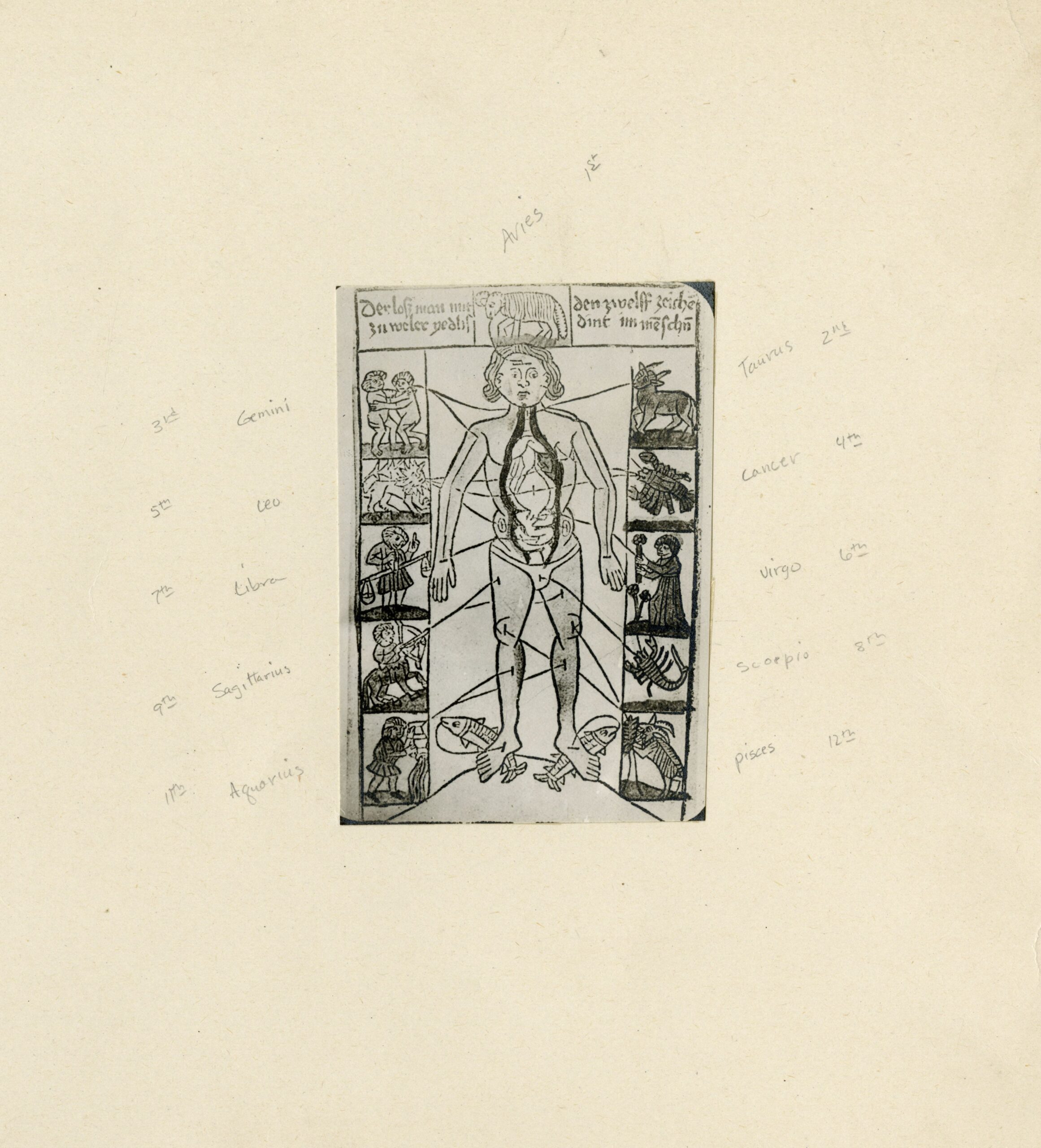
A “zodiac man” diagram from the year 1475. These were used as references for physicians in the practice of bloodletting, to avoid draining blood from certain regions of the body during periods of influence from their corresponding stars.

Spring lancet, ca. 1870, an instrument used for bloodletting.
“The spring lancet had a blade attached to a wire coil. Upon release of the spring, the blade penetrated the patient’s body. Thus, a physician did not have to apply manual pressure. He could also control the depth of the incision by changing the pressure on the spring. Lancets were used in venesection to remove large amounts of blood.
The scarificator [not pictured] was a multi-blade instrument used for making several cuts at the same time, thus rendering repeated incisions with a lancet unnecessary. However, since it only cut through capillaries, it required cupping to increase blood flow. In wet cupping, the heated cup was applied to the slightly slit skin. The vacuum effect helped to remove the blood.”
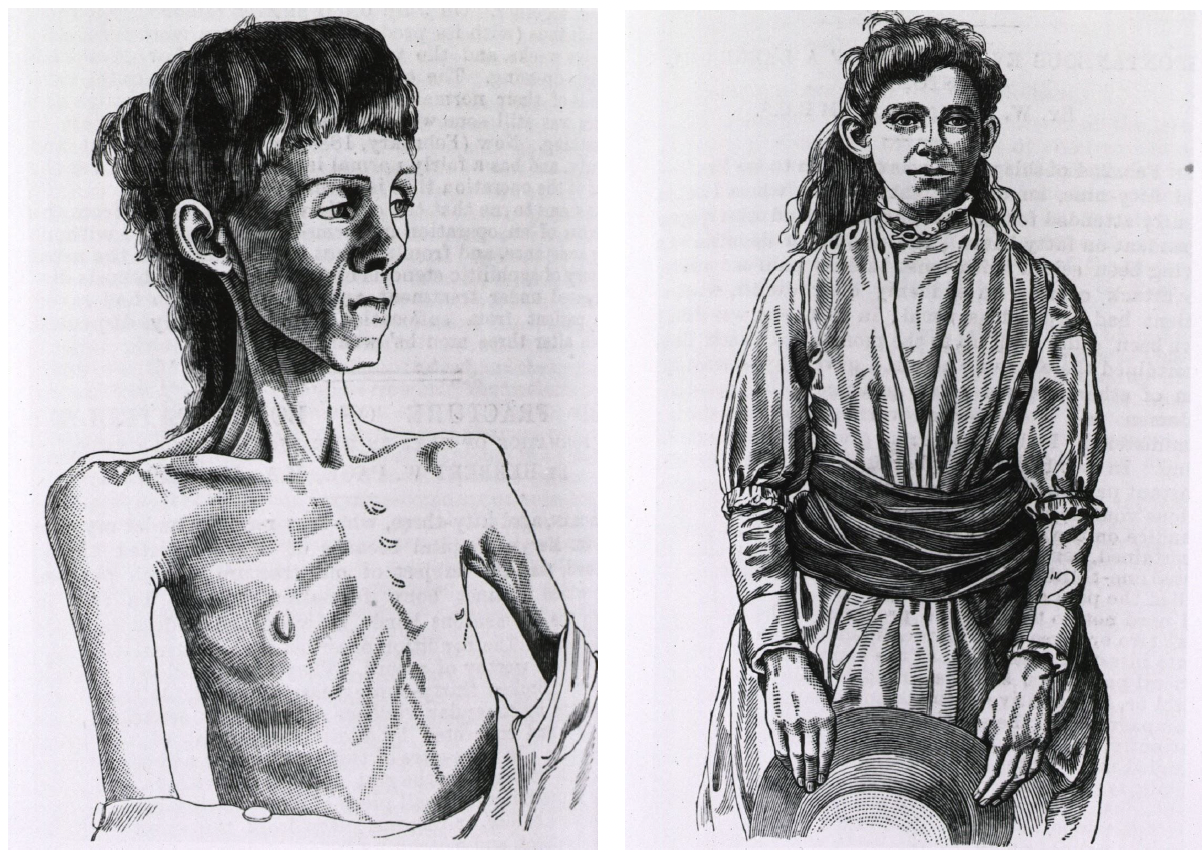
Depictions of a young anorexic patient before and after treatment. From an 1888 issue of The Lancet, a major medical journal still in publication today.
Recent neurobiological research on anorexia nervosa suggests the disorder may be related to abnormalities of learning and reward processing. Restriction of food intake may provide temporary relief from depression or anxiety through modulation of serotonin-mediated pathways, thereby reinforcing the self-starving behavior.
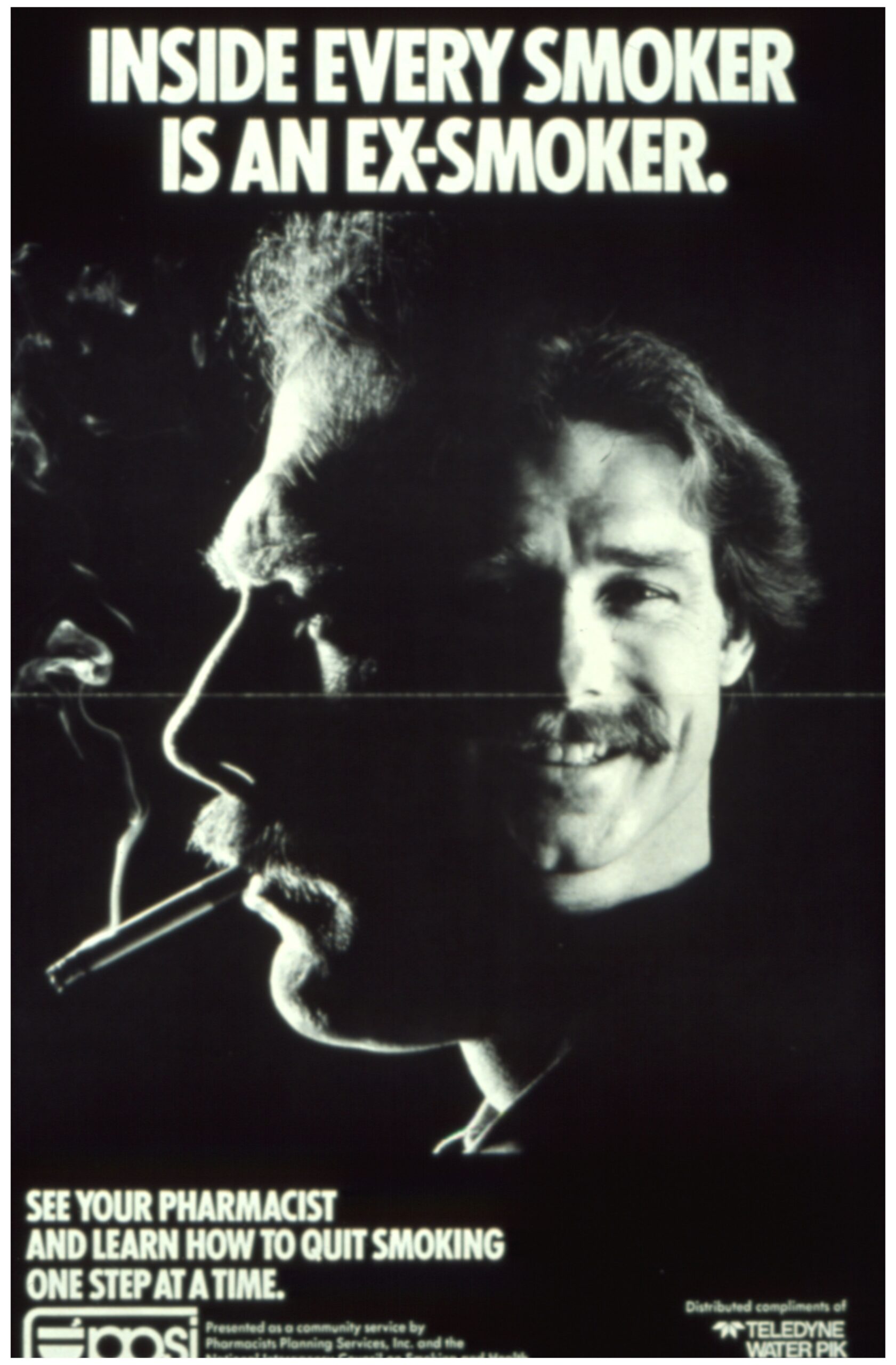
Anti-smoking PSA created in 1977 by the Pharmacists Planning Service.
“Whenever possible, the tobacco industry works to prevent the creation of media campaigns. In Minnesota, the tobacco industry used political connections to monitor the development of the state’s media campaign, seeing the 1984 Minnesota Plan for Nonsmoking and Health as ‘a revolutionary attack on our industry.’ These connections included informal contacts with members of the technical advisory committee responsible for the implementation of the plan.
The tobacco industry hoped that by monitoring the development of the Minnesota plan, they would be able to reverse any progress that could occur. After monitoring the program, the tobacco industry realized that there was enough support for the Minnesota plan that they needed to take additional steps. Therefore, they created their own, competing campaign and then argued that the state campaign was a waste of taxpayer funds.
The tobacco industry also attempted to prevent the creation of California’s tobacco control media campaign in 1989 while the California legislature was creating the implementing legislation for Proposition 99. According to the political editor of the California Journal in 1989, the media campaign ‘was the main issue because it was that component that bothered them [the tobacco industry] the most. I mean the tax was the tax, there was nothing they could do about it, but the notion that Californians would be educated and that there would be a specific media component to it was what terrified them.’”

Seattle, 1995, HIV education card.
“On the front of the card is an abstract painting of two figures in colorful costumes wearing masks. On the back, at the top, against red background, is fiction about AIDS: ‘AIDS is a disease for older guys.’ At the bottom, against yellow background, is fact: ‘Most people who get HIV get it when they’re young. They can stay healthy for 10 years or more before developing AIDs [sic].’ Phone number to call for help is provided.”

August 13, 1937: a crowd in Chicago rallies against syphilis.
“Most cities across America didn’t jump on the war-against-syphilis bandwagon. But Chicago did, more so than any other community. Its leading newspaper, the Tribune, made the crusade a top priority. A paper known for its rigid conservatism took up the mission of challenging prudery.
The Tribune’s pages shattered ‘the conspiracy of silence’ about venereal diseases. A term like ‘social hygiene,’ it editorialized, was ‘a euphemism which means little.’ In the first two months of 1937, the Tribune published over 50 pieces on venereal diseases. ‘Syphilis’ appeared regularly in its headlines, including on the front page.
Mayor Edward Kelly launched the war with a major conference in January. He assembled a large blue-ribbon commission for a citywide assault on ‘these enemies of mankind.’ Aware of Chicago’s reputation for corruption, the president of the city’s board of health told the press that ‘there is no politics in syphilis and gonorrhea. The city administration has nothing political to sell in undertaking this campaign.’ Another public health official sounded a similar note. ‘There are no political, religious, racial, national, or other groups to be favored … The enemy we are going to fight plays no favorites.’”
“At the end of 1936, Chicago had just two public clinics that provided [venereal disease] testing. One was at police headquarters and the other at the city jail, neither location particularly inviting. A year later, the city had 35 new locations. It also offered on-site testing at factories and high schools.”
Scene from The Testament of Dr. Mabuse, Fritz Lang, 1933
BONUS:
Image hanging on the wall at my medical school.
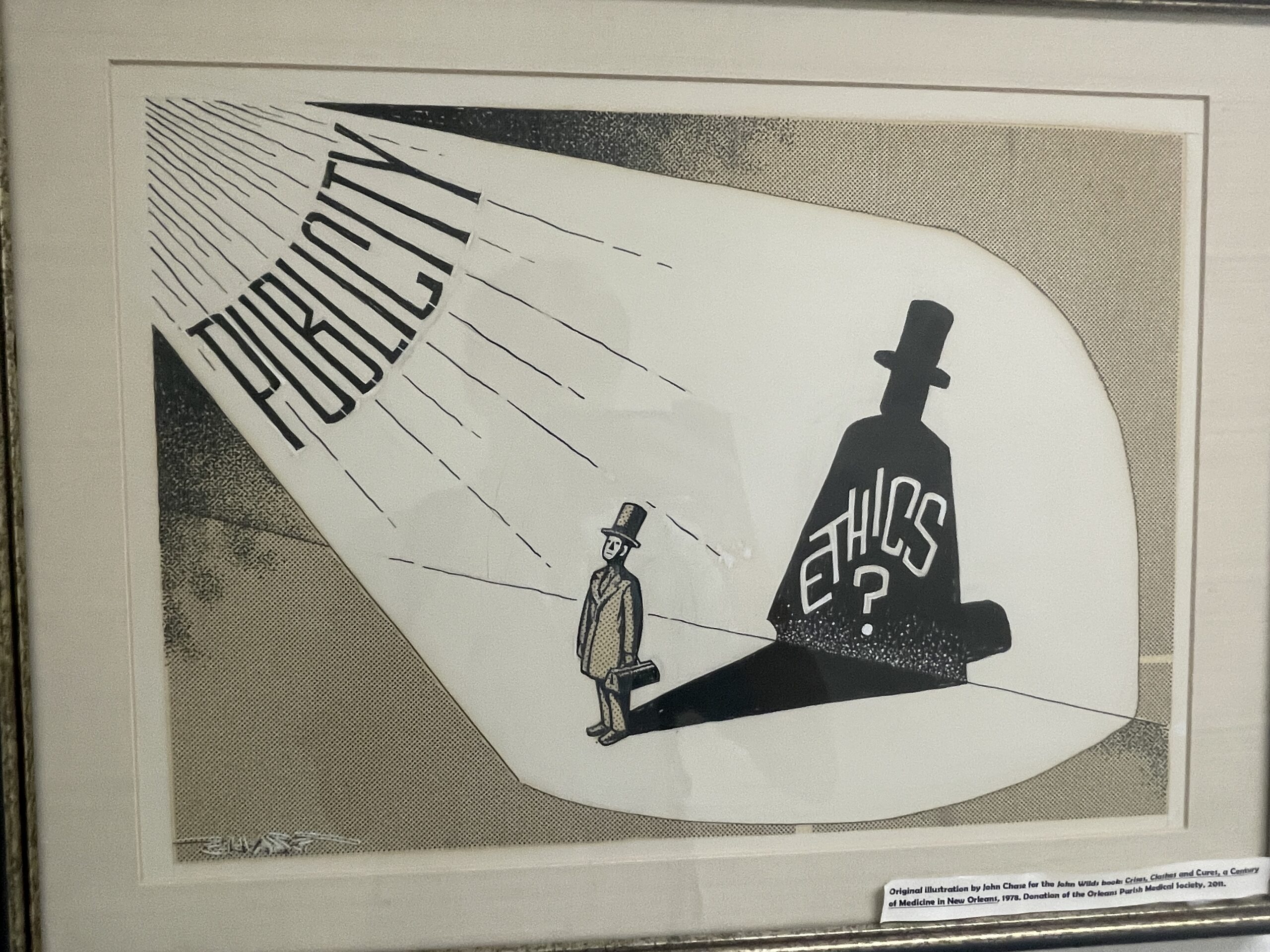
“The end of physic is our body’s health.
Why, Faustus, hast thou not attain’d that end?
Is not thy common talk found aphorisms?
Are not thy bills hung up as monuments,
Whereby whole cities have escap’d the plague,
And thousand desperate maladies been eas’d?
Yet art thou still but Faustus, and a man.
Couldst thou make men to live eternally,
Or, being dead, raise them to life again,
Then this profession were to be esteem’d.”
—————————-– Christopher Marlowe, Dr. Faustus
SOURCES:
AMBOSS med school study tool
National Library of Medicine image collections
https://joewilderarts.com/about-the-artist-joe-wilder/#bg
https://www.persee.fr/doc/inter_1164-6225_2006_num_26_1_1311
https://pmc.ncbi.nlm.nih.gov/articles/PMC4042035/
https://pubmed.ncbi.nlm.nih.gov/16244712/
Neurobiology of anorexia and bulimia nervosa – PubMed
https://onlineexhibits.library.yale.edu/s/medicalastrology/page/astrological-anatomy
1937: Chicago goes to war – Windy City Times
The Rise and Fall of Tobacco Control Media Campaigns, 1967–2006 – PMC
*
p.s. Hey. Today we get the immense pleasure of concentrating on a truly beautiful, poetic and even informative post from Dev. I’m blown away by it, and I hope you get a lot from it too. Cool if you could give him some feedback although, of course, no rules around here. Enjoy the gift, and so many thanks to you, Dev. ** Laura, Hi. I don’t really know what Russia-based porn is like these days. They used to own the darker side of twink porn … what 20 years ago. As you know. The Michon book isn’t in English, is it? I can’t read French. Well, the ‘newspaper’ and subtitles a little. Sure, my work has gotten wonderful press. More so than bad, at this point, I think. Nice poem. Your dad’s. Footnotes, yeah, no clue. Never used them. DF Wallace did brilliant things with them, I think. Today? Just a bunch of film screening searching and setting up, I think. I think there might be a reading I want to go to tonight, but I have to check. You, yours? ** _Black_Acrylic, Motherfuckers! And so boringly predictable. ** Lucas, Hi. Yeah, Kalil Haddad is very interesting. Hard to see his work though. I tried to make a post about him, but there’s almost no presence for his actual films online to swipe. I always have to pack everything for a trip, except, like, toiletries, at least 24 hours before I leave because I get pre-trip anxiety. So, no, I’m a ‘be prepared’ kind of dude. Yeah, it seems like your comfort and confidence with prose is at a height. If you ever take some iPhone snaps of your friend’s analog collages, I’d be curious to take them in. ** Nicholas., Yay, HNY then! I do think growing up in LA contributed heavily to my kind of calm demeanor even though inside I can be stressing way out. But, no, I’m not mean or duplicitous or anything. ‘Room Temperature’s’ original producer was a hateful monster, and I did blow up at him a number of times, and it wasn’t pretty, but he deserved it. No, I didn’t think to make 2026 resolutions or anything. Too late now, I think. Yours are good on both fronts, obviously. ** Carsten, Congrats on the acceptance! Happy you seem to have found your journal/publisher family. Grungy LA is not hard to find, and downtown still has its pockets for sure, and further out, as always. Nice, thank you re: the guest post. Whenever’s good. ** Brendan, Definitely: Tarr. Yeah, just last night I saw an ad thing for the NYC show you’re in. Very cool! Enjoy your show’s last days however one can do that. Those guys who run that gallery seemed really nice. And it has a bathroom. And the bathroom is very William Eggleston. Congrats on your bicoastiality. That’s not a word? ** Steve, No mice here yet, but I’m counting the days. I’ve certainly seen a bunch of AI porn, but nothing that gets into the art realm. Or into my art realm. AI’s inherent vapidity might be a problem. The guitarist is Shane Parish, and this is the album. Sparks ’74, ‘Propaganda’ era, nice. ** kenley, Thank you for the warm return. Amazing that The Last Bookstore is still around. It’s intermittently great, but just the parking around there is hellish. I’m a little behind on current LA due to only occasionally visiting. Stories is a pretty good bookstore. There’s this newish, very quirky Russian museum in Culver City called Wende is pretty interesting. Let me have a think. I can see the solidarity thing. I can see that there’s an openness to her mystery that can make one want to own it in some weird way. Yes, Haddad’s a Torontoian. You probably have the best shot and seeing his stuff. It’s hard. Okay, thank you about Hearn. That’s enough info to get me angled. How are you doing otherwise? What are you up to? ** Bill, Can’t remember where exactly I found the Hensher review. It’s hard to find writing about Tillman that doesn’t have the kind of qualifying and questioning I think his work is due. Jury duty, yikes. I’ve never ever responded to any of the summons for jury duty I’ve ever received, and no one has ever come after me. Anyway, I assume I would just have to say I’m anarchist to get immediately dismissed. ** Dev, Hi, maestro. Thank you again ‘in person’ for the amazing post. I’m very chuffed, as I guess t the Brits say. Your birthday’s on Sunday? Are you doing anything of marked interest? I’m broke, and everyone I know is broke, so I suspect I’ll be lucky to have a meal with a friend or three. I have an odd idea of seeing if friends want to get together and eat a GdR and watch Tati’s ‘Playtime’ for some reason, but that might be too much to organise too late in the day. ** HaRpEr //, London might be #2 sex crimes central after LA, I wonder. Curious place, the UK. Like when I’m gather slaves for the posts, I would say 80% of the slaves, and the kinkiest ones, are based in the UK. Germany is #2. Paris doesn’t have much negative space either. It’s highly organised. Which I like, mind you. In the 70s there were quite a few gay porn filmmakers who tried to make gay porn was also actual art, high art even. But they were just artsy-fartsy porn films in the end. Cadinot got close to making pretty artful, smart but sexy porn in his early days. I haven’t seen ‘Castration Movie’ yet, but some say it’s something of the sort? ** Steeqhen, Cool about Gluck’s reading. I’m sure you acquitted yourself perfectly well. Luck with that bookshop. How long are you in London for? ** Uday, You? I think I would feel the need to master my technique before I texted anyone worthy and of note. I’ve been interested in subverting and complicating, etc. sexiness in my work for a long time. It’s an interesting quest. It’s a challenging power to work with. I think there are artists who have been pretty successful at it. Here and there. I’m not coffeed up enough to name names at the moment, but I could. ** Okay. Glorify yourselves and whatever else you want and feel in the face of Dev’s masterful construction until I see you again tomorrow. Thank you.

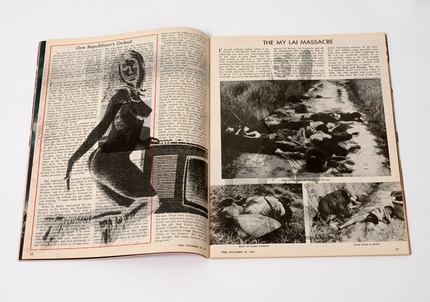
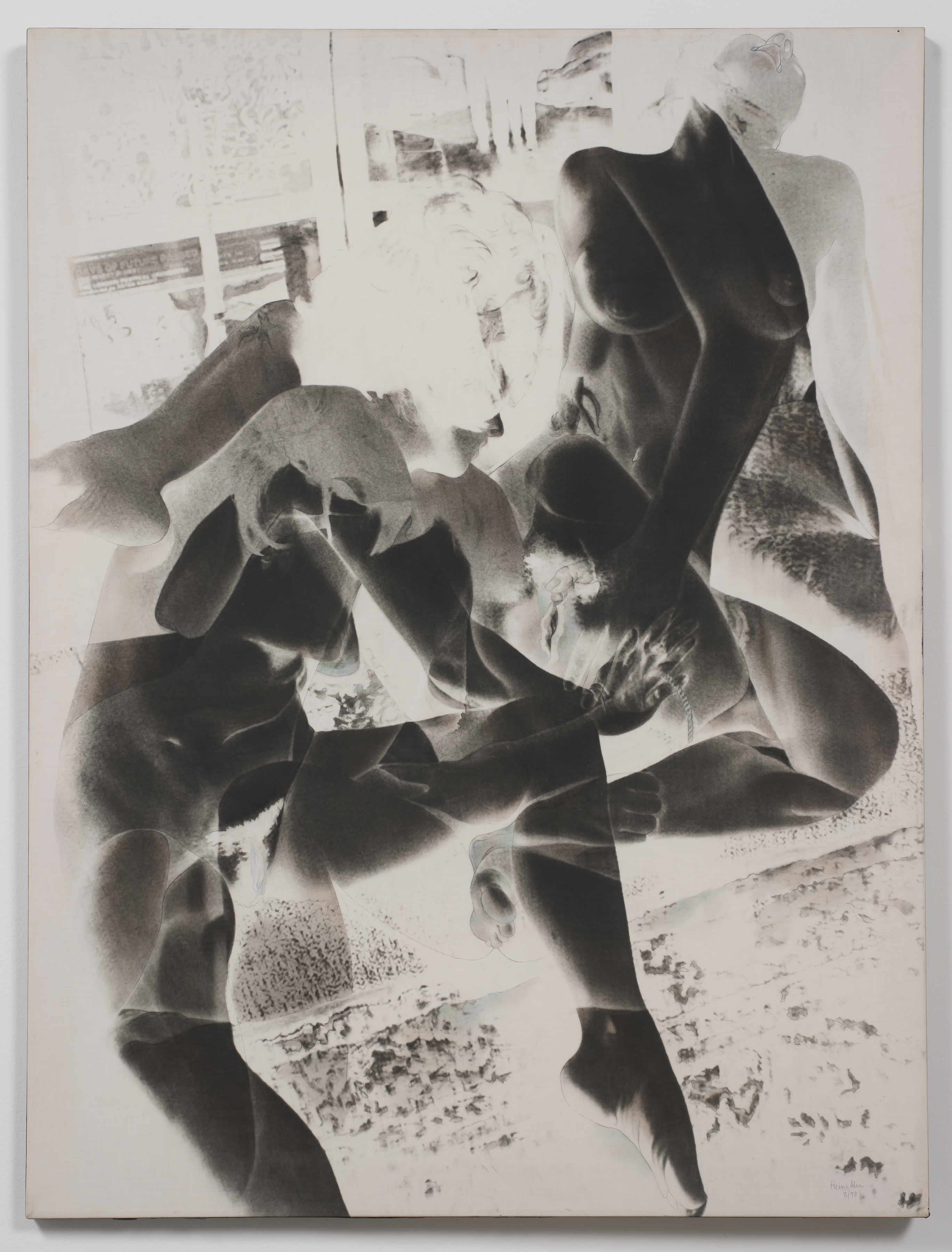
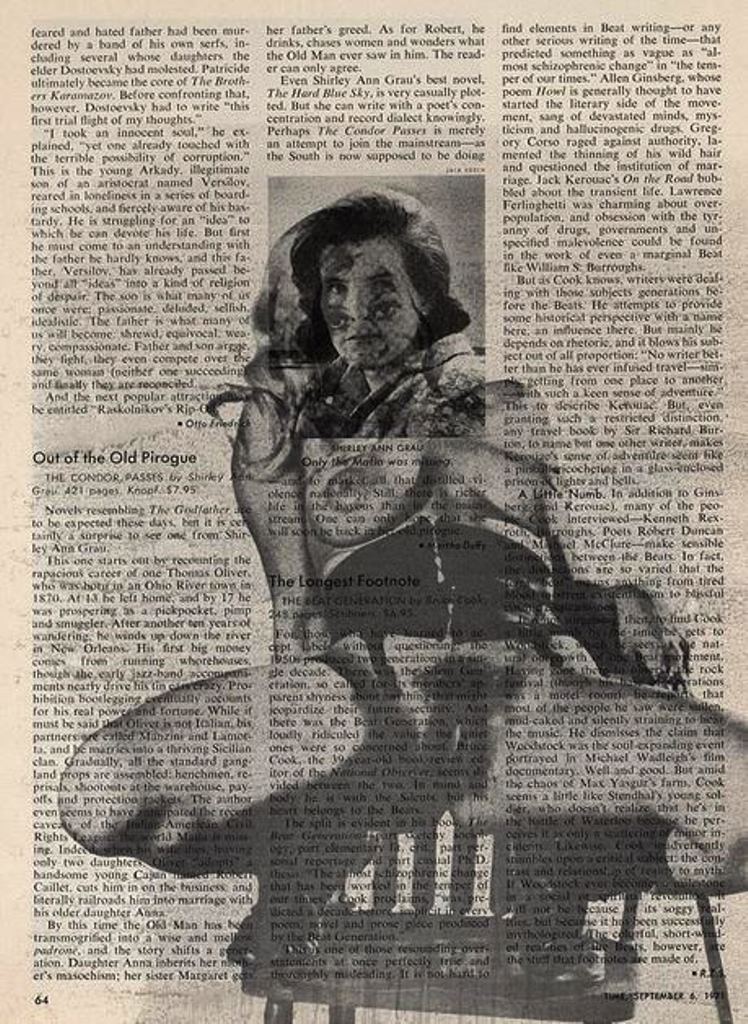
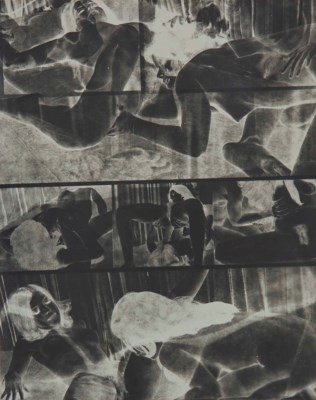




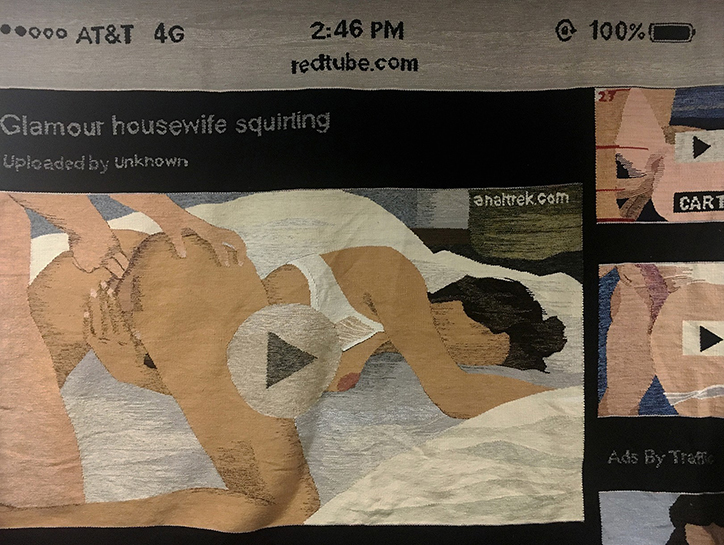




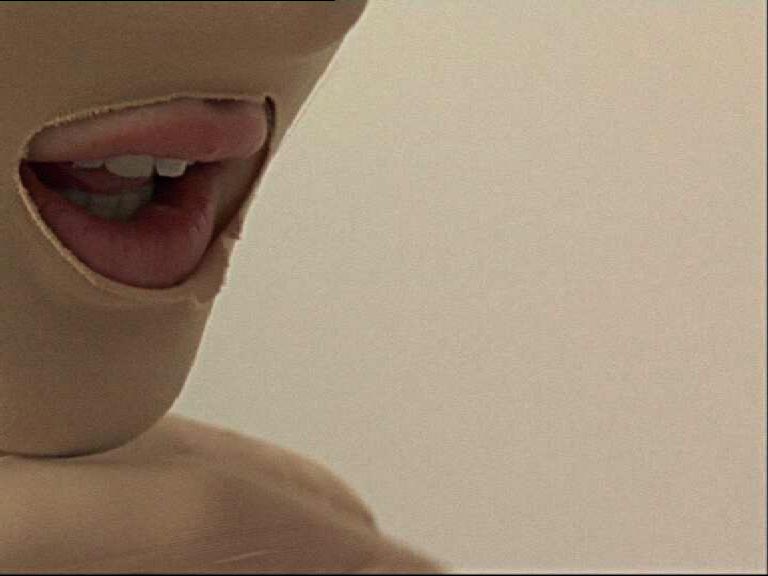




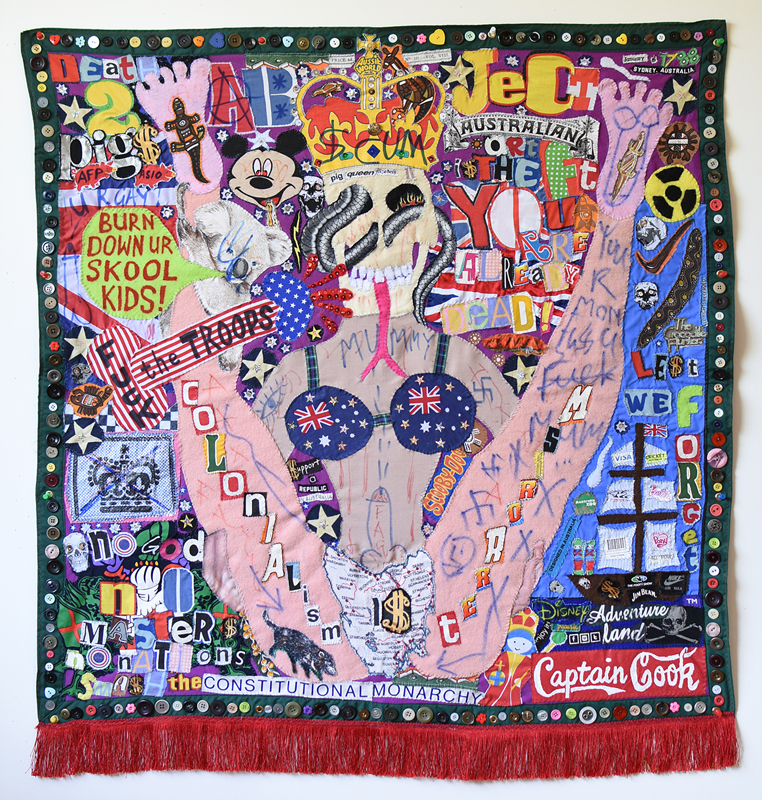

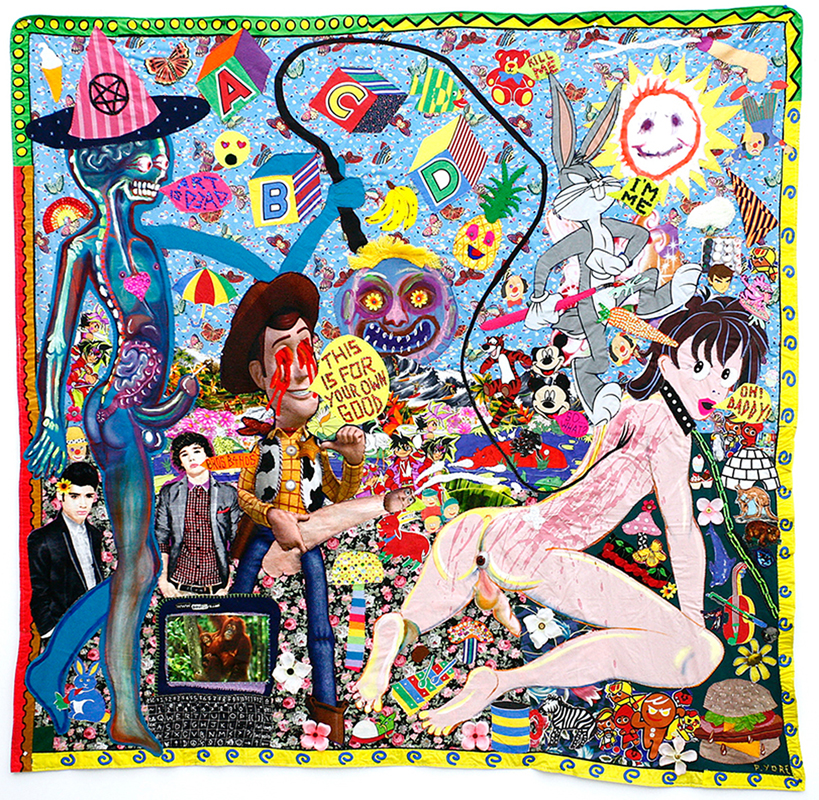


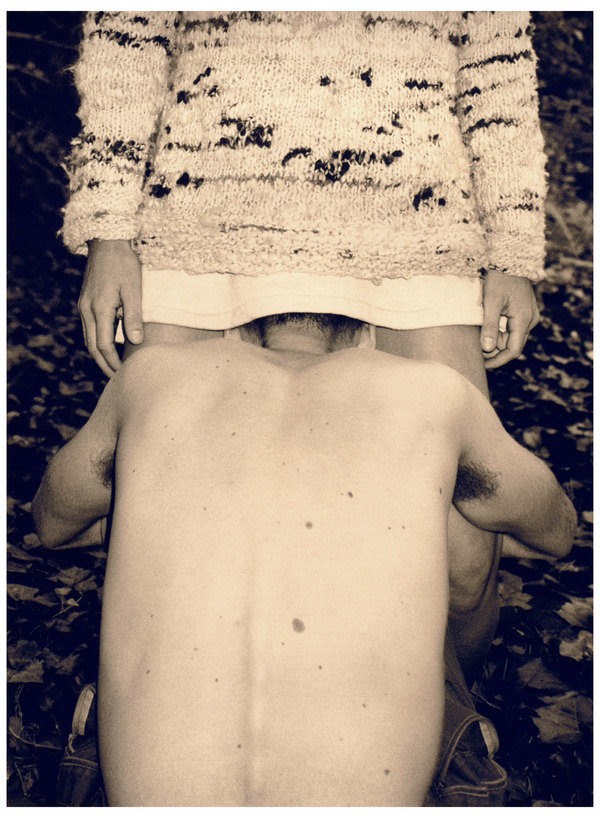




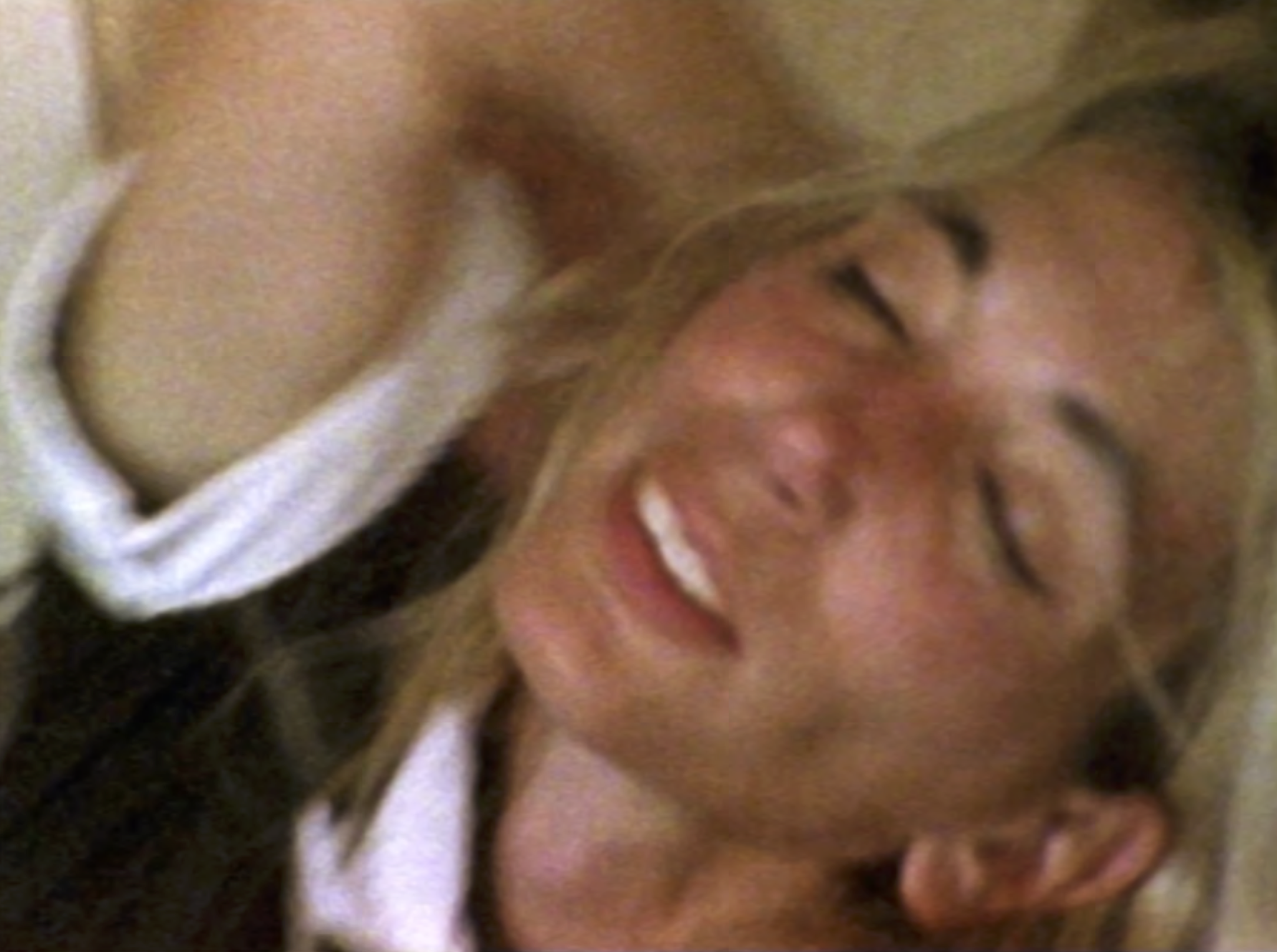
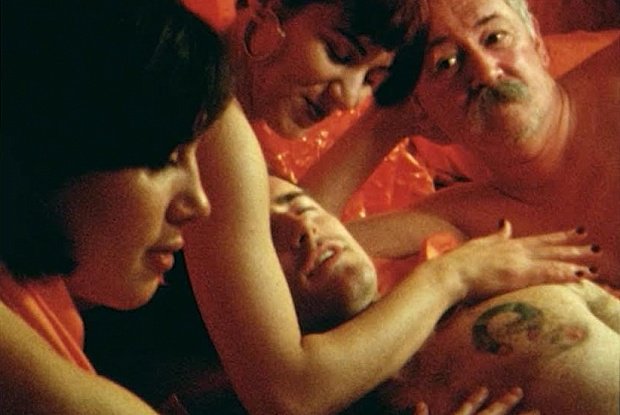

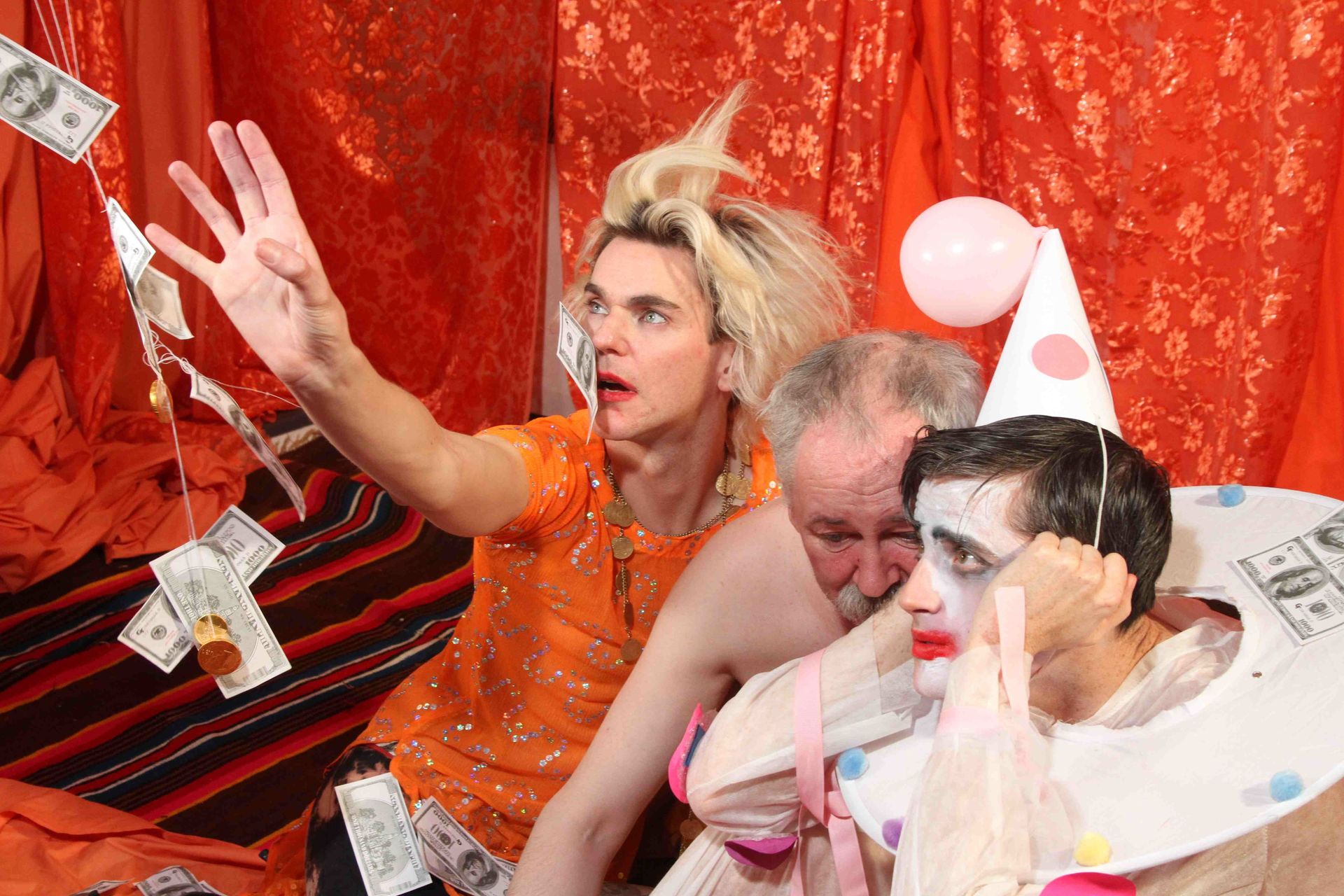
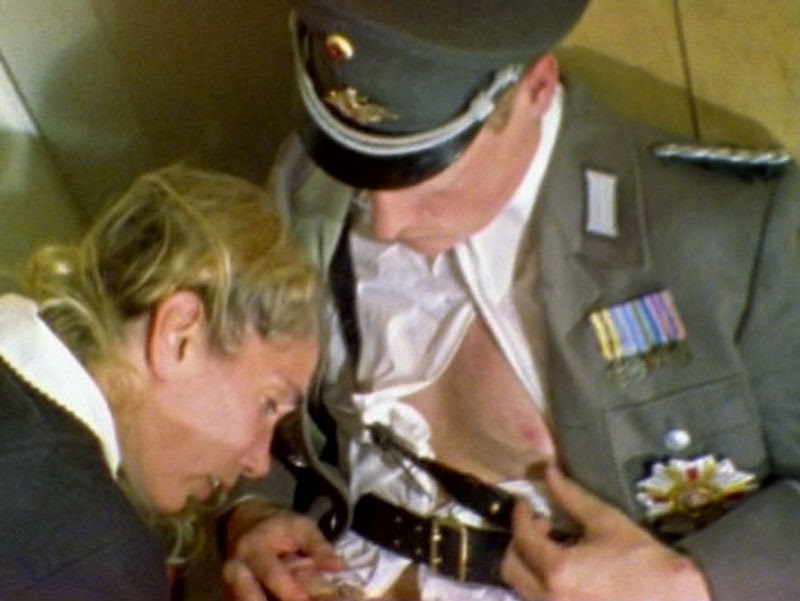
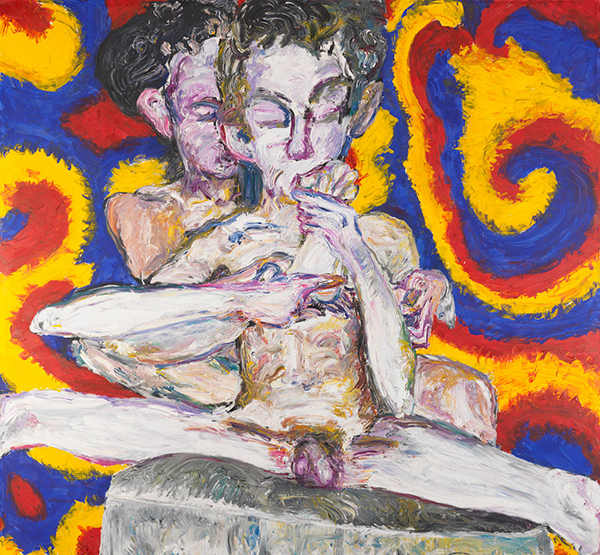

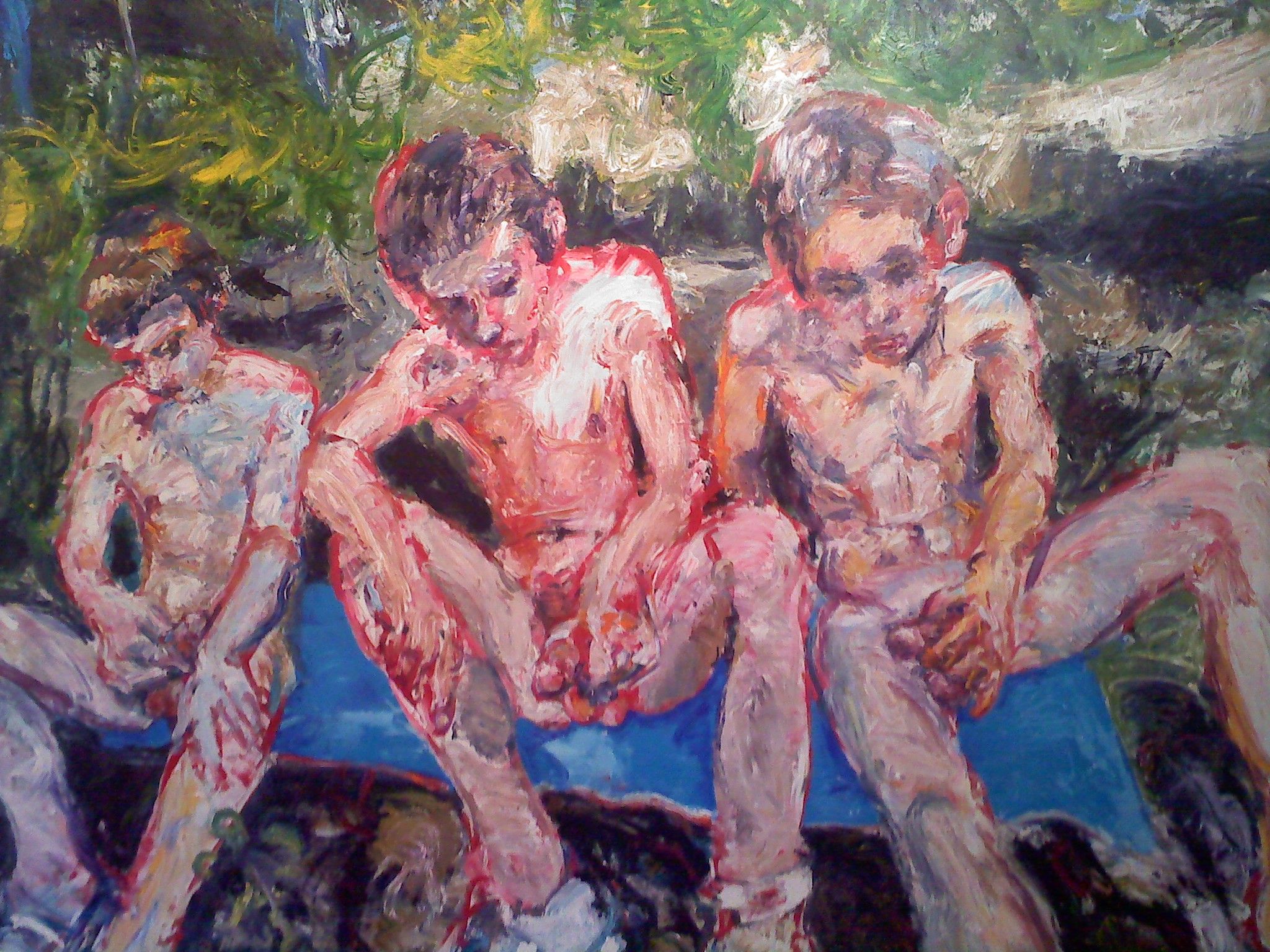


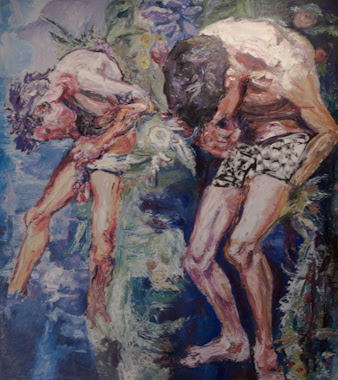
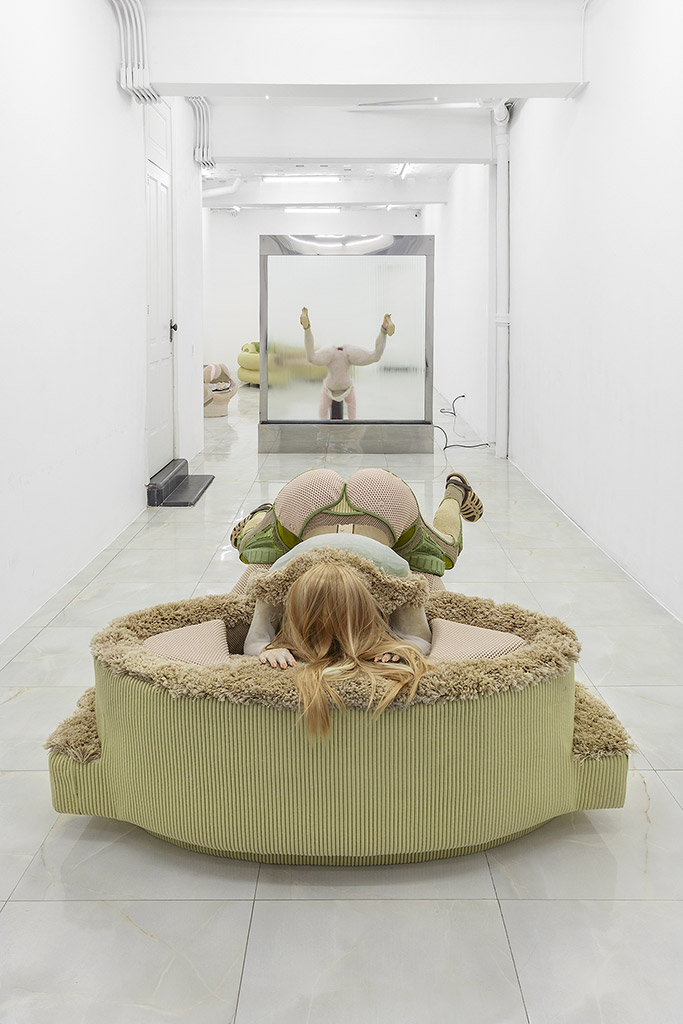

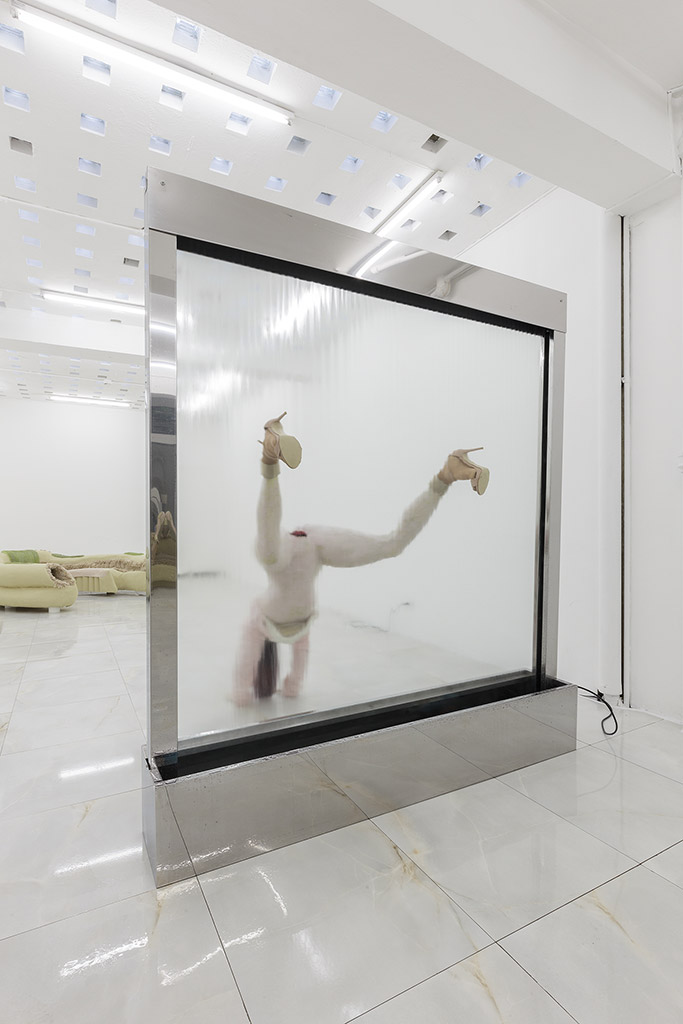
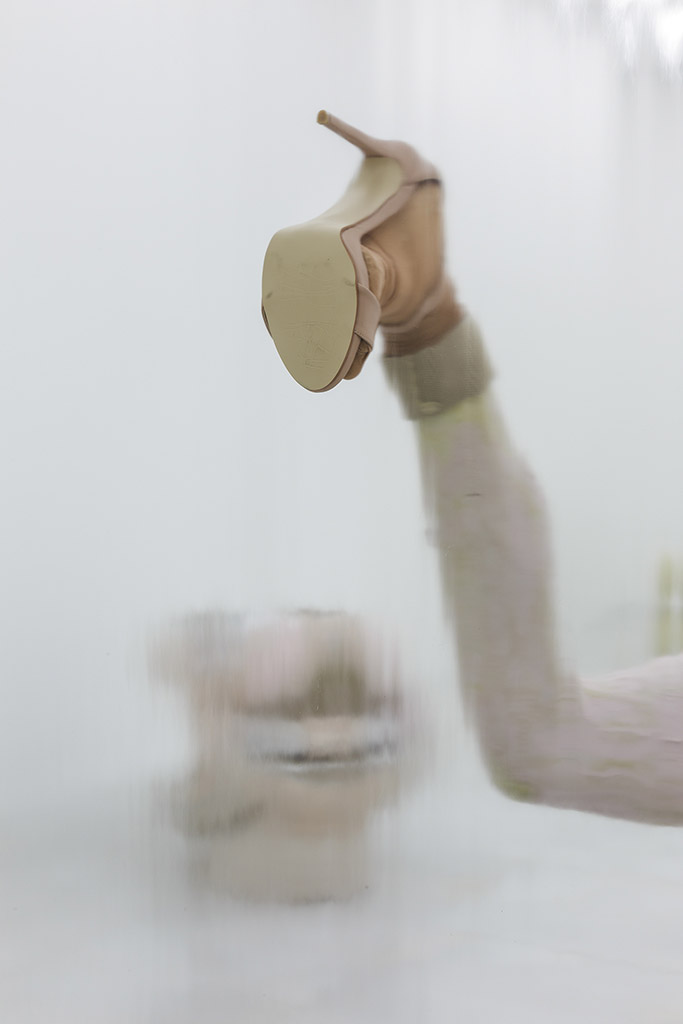
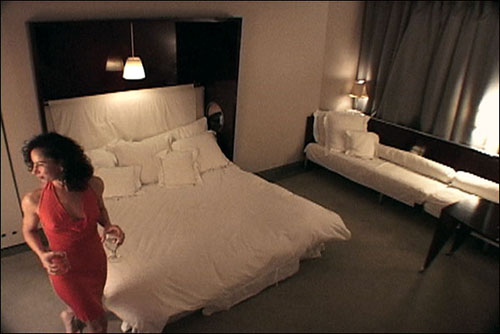
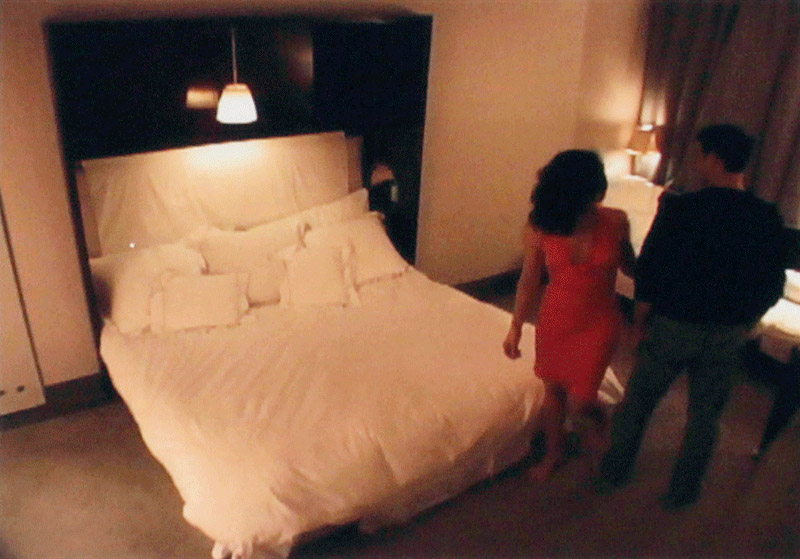
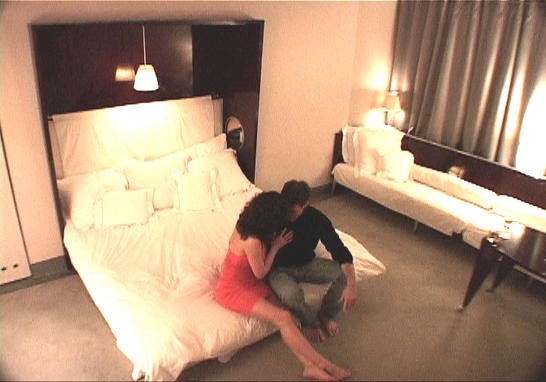
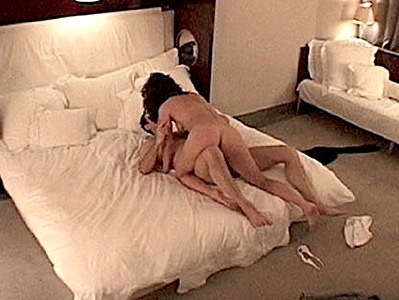
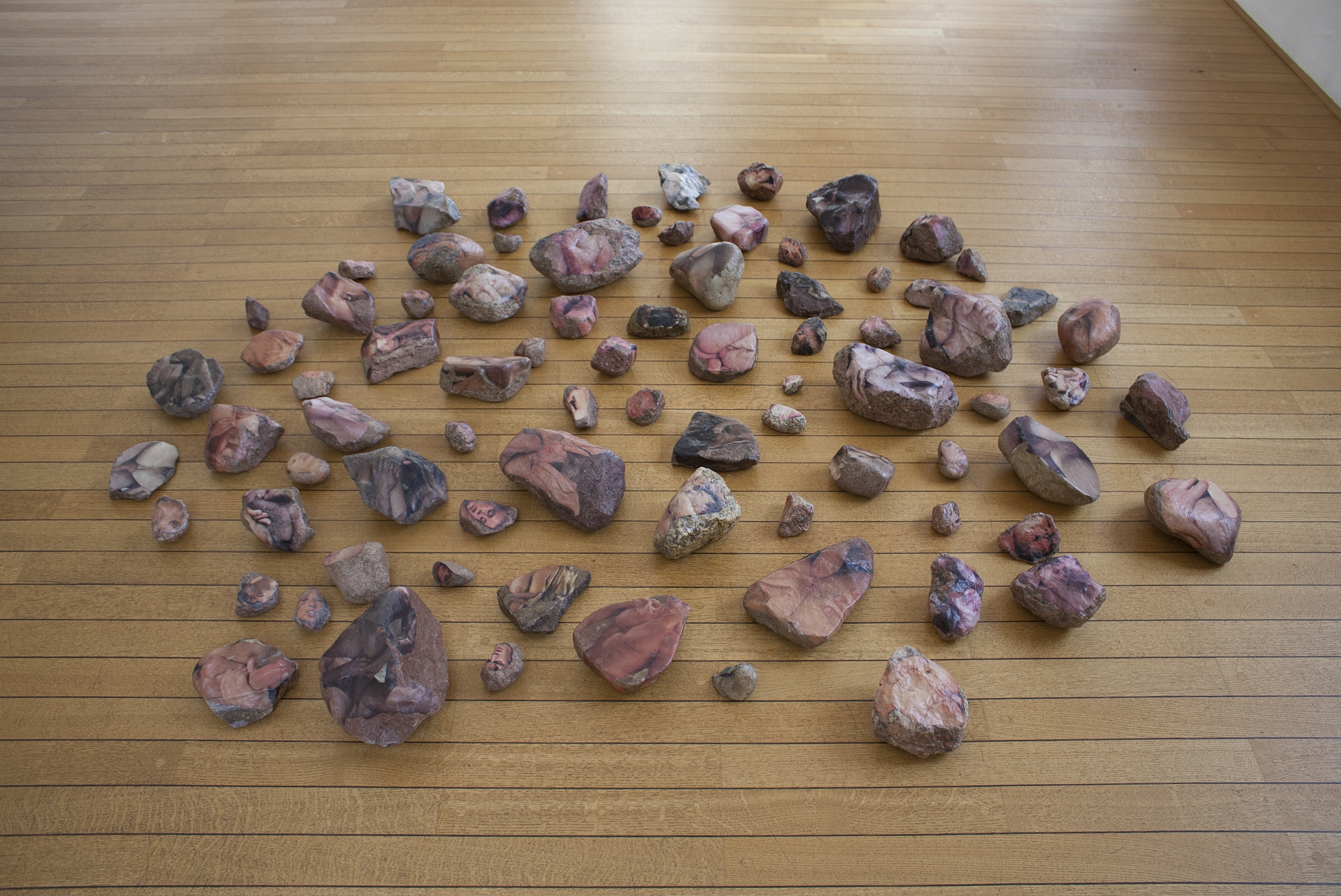
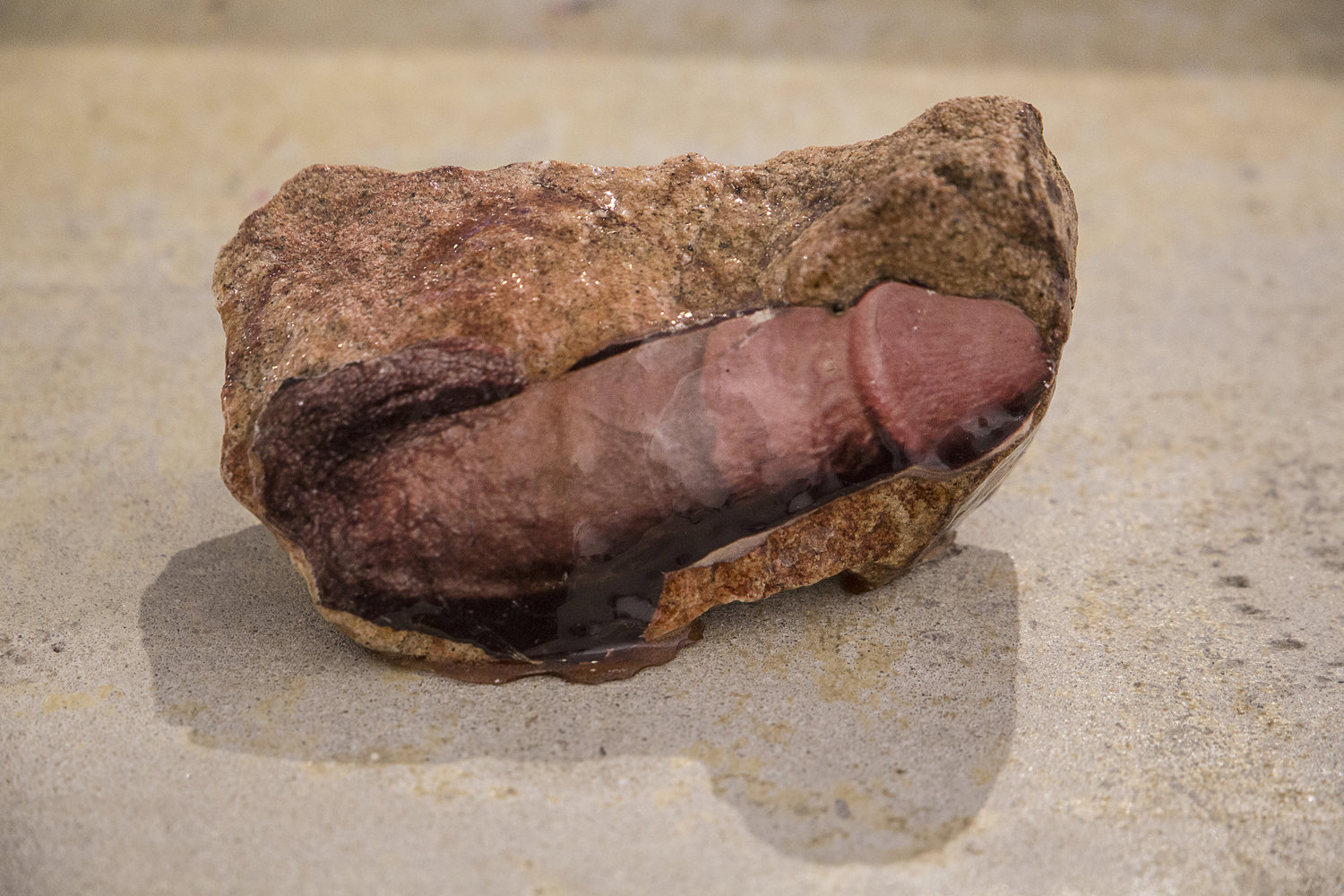

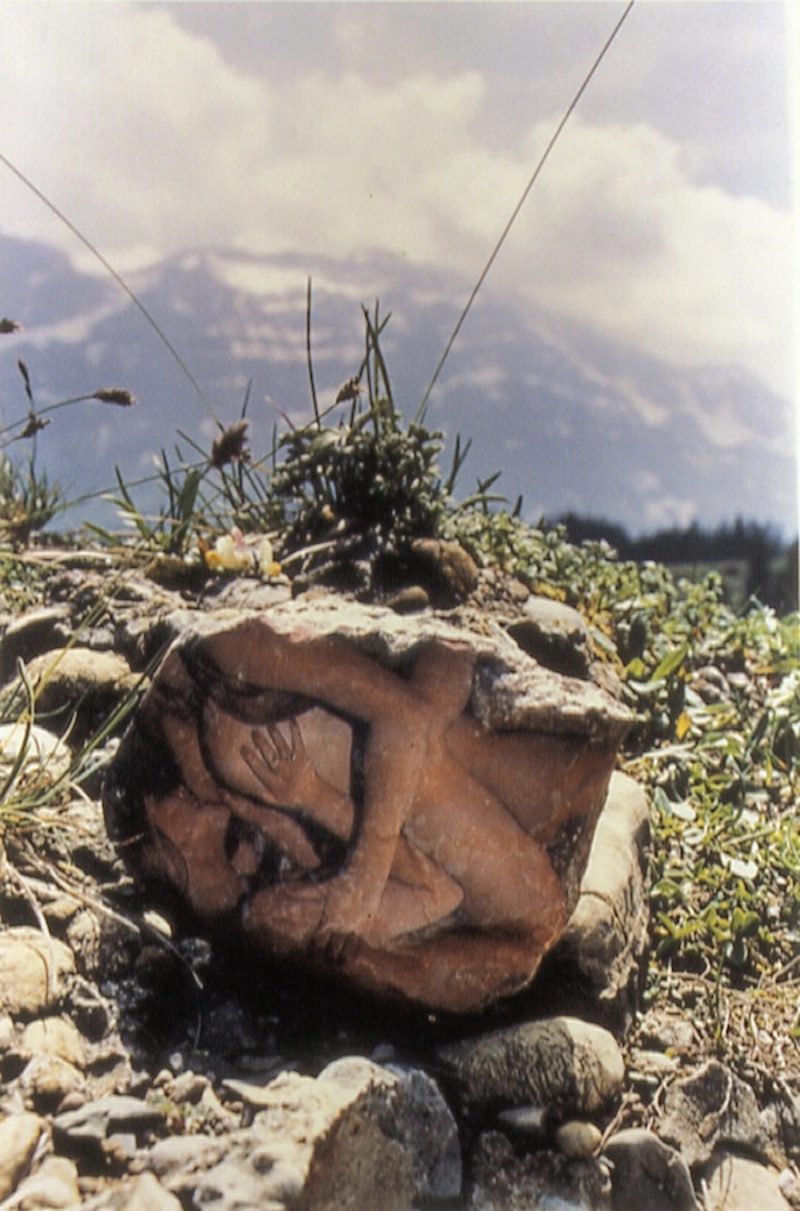
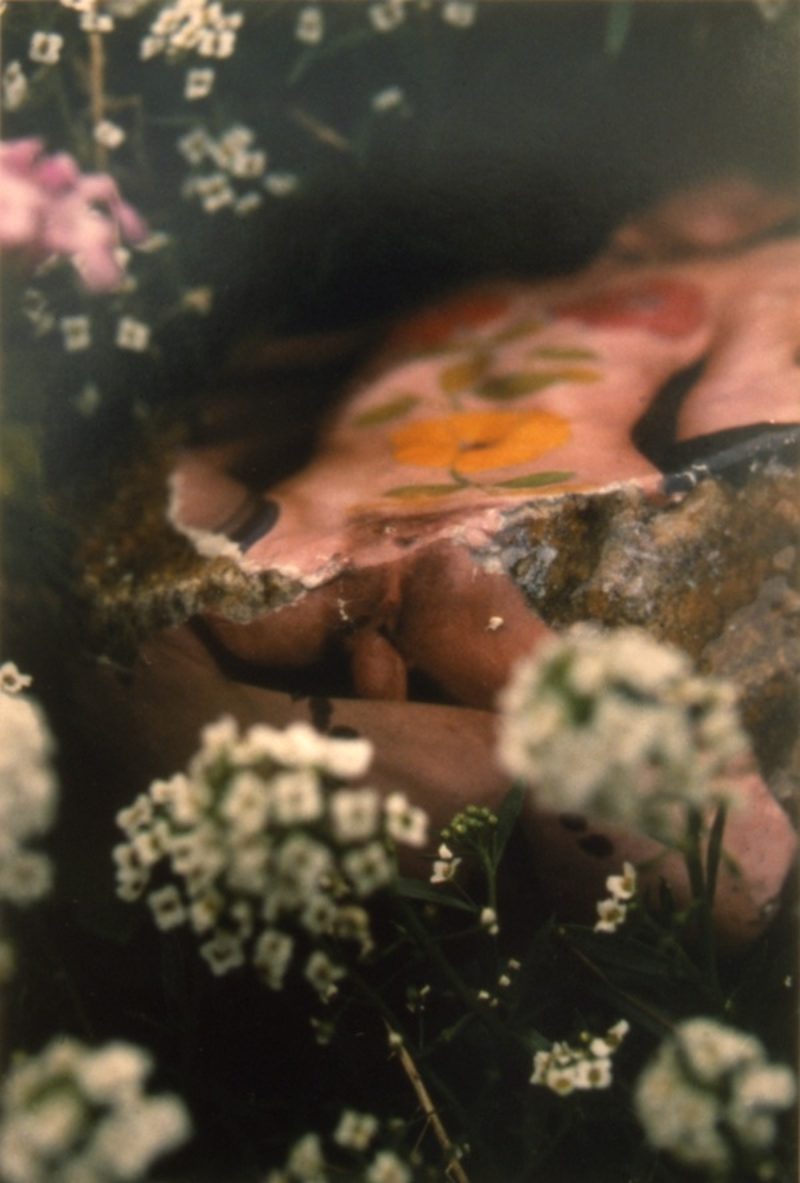
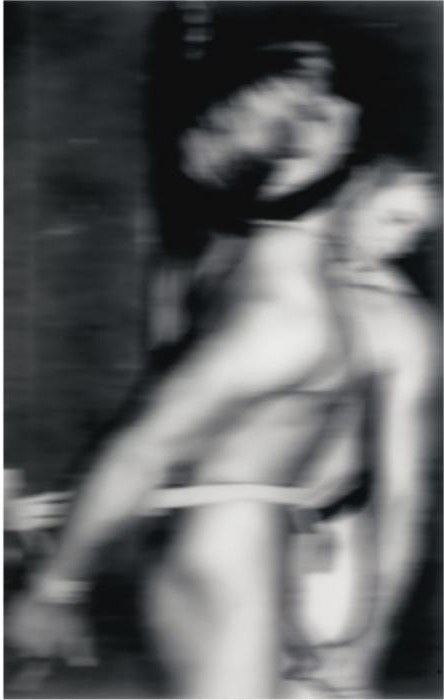







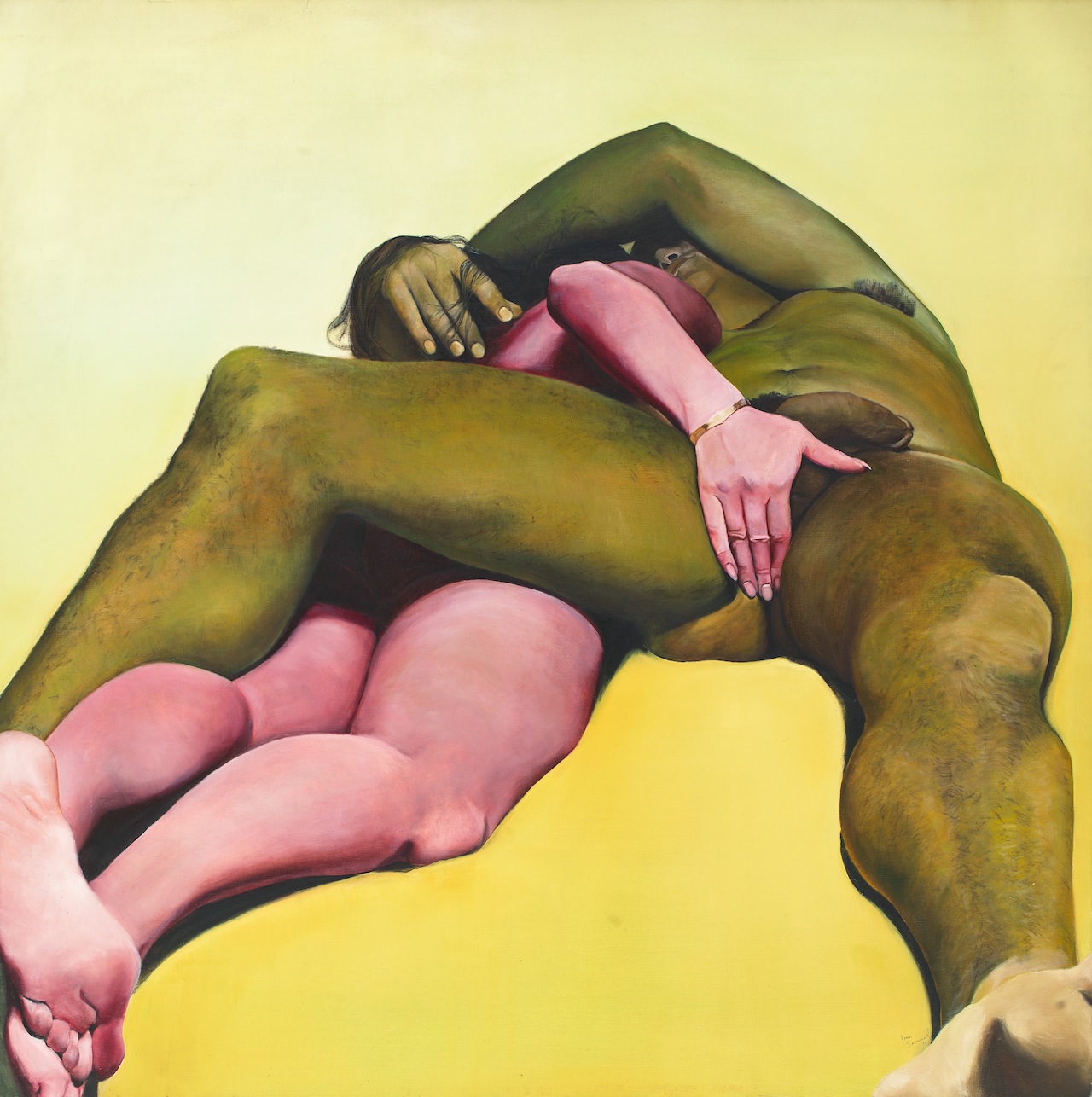

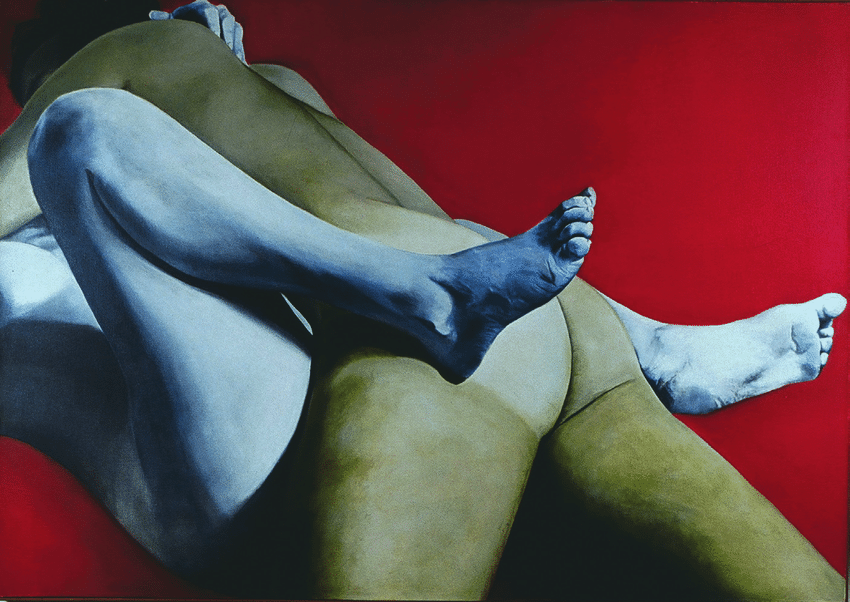











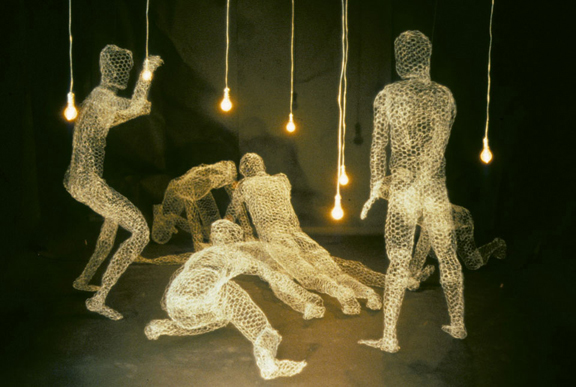



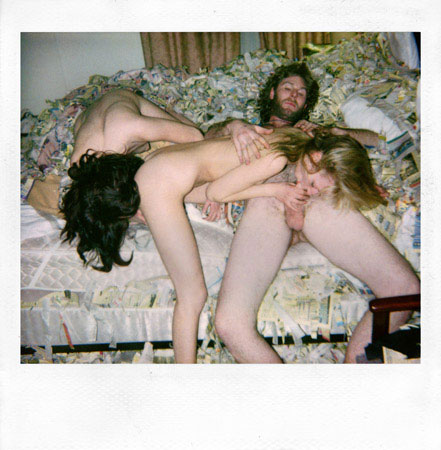

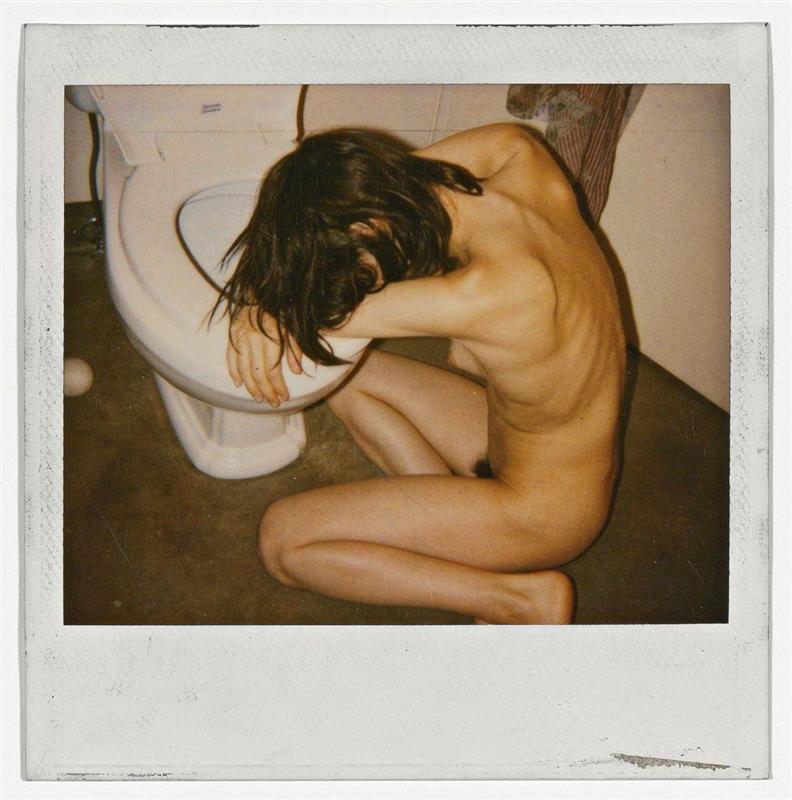
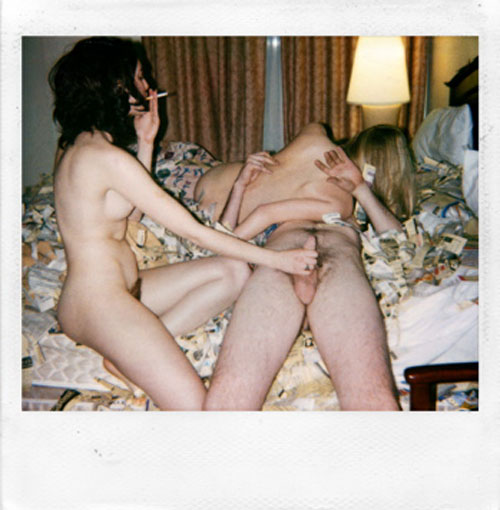

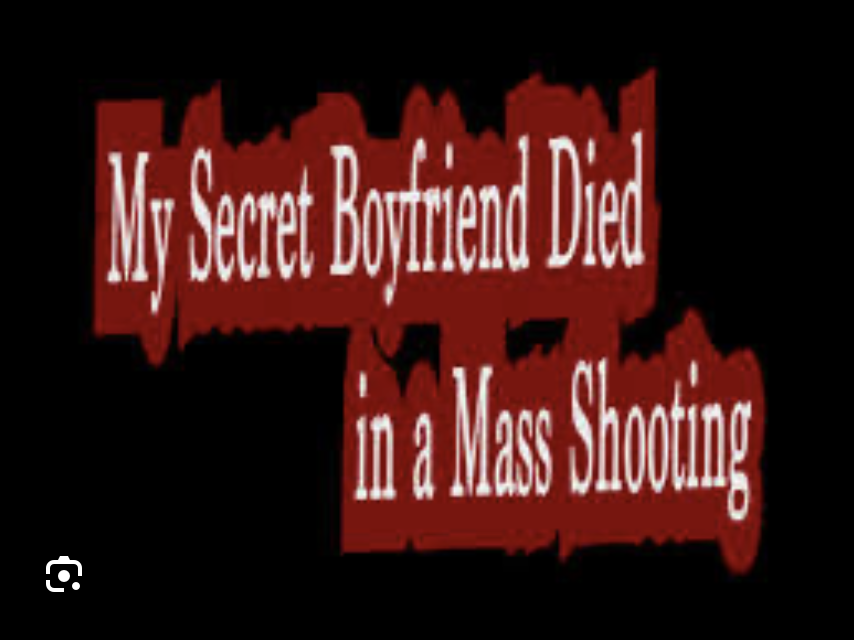
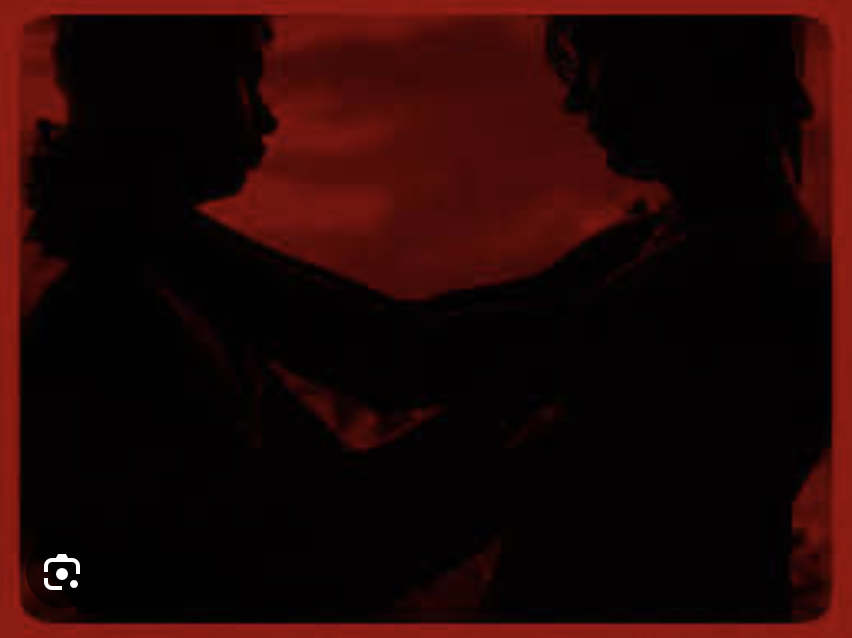

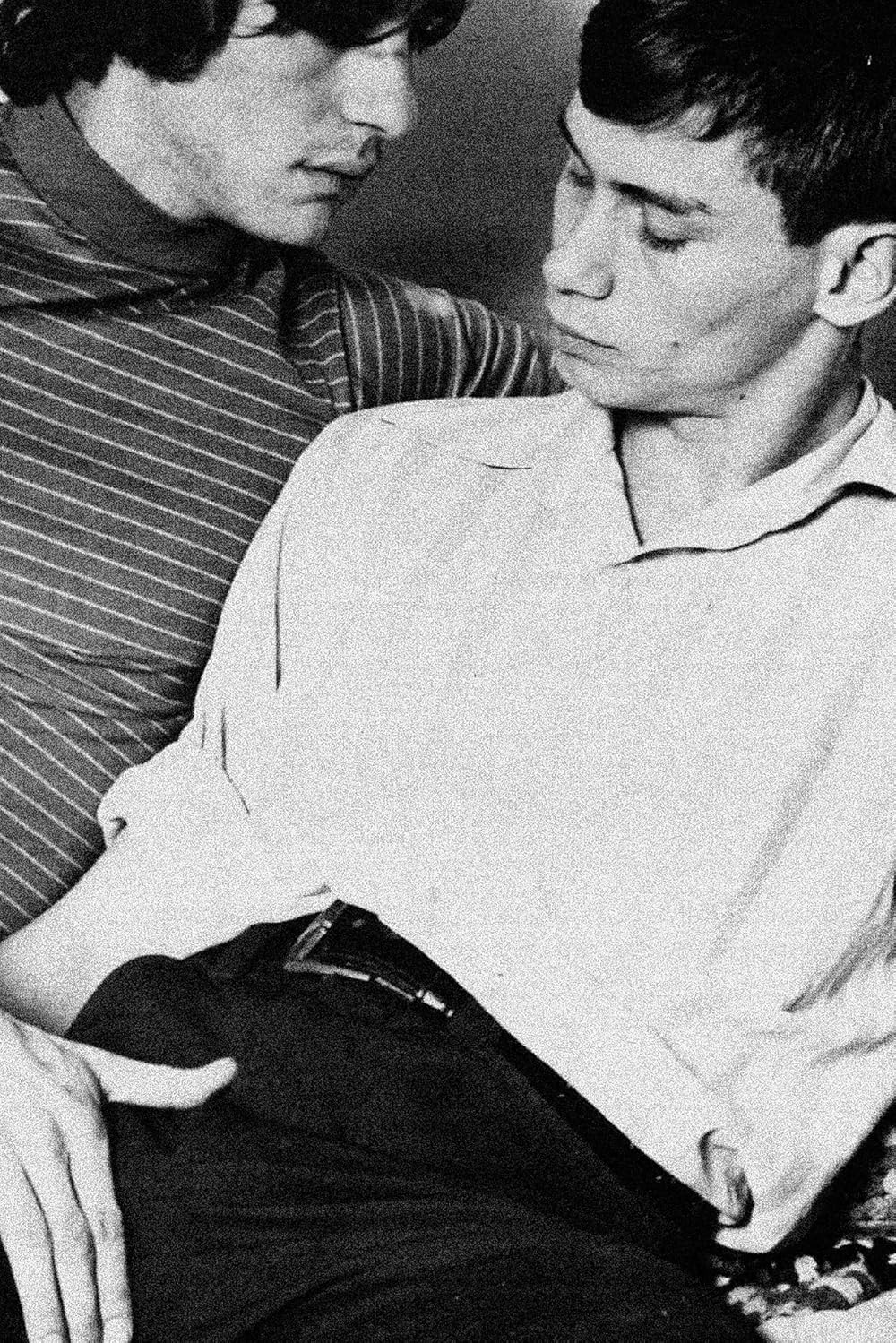

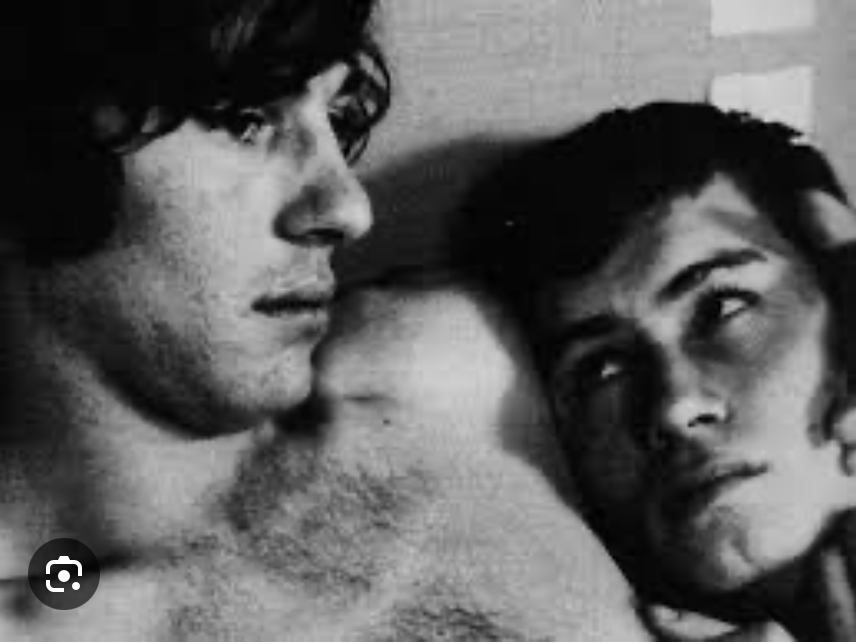




 Now available in North America
Now available in North America 